“I have always had an affinity for fashion and design – I was born into a family in which fashion was our bread and butter. My grandparents and mother and extended family were in the industry all in different roles – from managing factories, to my grandfather being a couturier and my mom had her own brand, and then became a senior brand for big retail groups in South Africa. My dad’s father moved from Joburg to Cape Town, I think in his forties, and reinvented his pathway – settling on men’s retail. He founded Skipper Bar, which brought trends and labels to South Africa during apartheid, where it was almost impossible to bring anything in. I think that time was around the 1970s/80s, when Grasshoppers came out locally, and internationally it was Lee Jeans.” Imran says, and the last line is a subtle gesture that makes me realize how deeply nostalgic fashion can be in Cape Town; its this juxtaposition of local heritage intermixed with global aesthetics; something which ASA SADAN has conveyed beautifully with the single pleat trouser – a nod to Cape Malay, Muslim tailors that are so embedded in the garment culture of the city – alongside the tech-wear tactical vest.
“After I finished my honours at UCT, beginning in engineering and then moving into real estate, I started to see all these disciplines and practices as truly being varying models of design. I think fashion is just another medium to convey one’s perspective on how to build products and re-shape systems, and for me it’s always for the benefit of people. My fashion journey in the industry began at Corner Store alongside Two-Bop, Sol Sol and Young&Lazy – working with I and I as an intern. That was still a time when I think a lot of other places were not willing to share their knowledge or contacts, so Corner Store was pretty pivotal in that way. Shukrie Joel, the owner of I and I, was my mentor for six months, and he comes from a tailoring background, so his different take to traditional streetwear that we were seeing at the time influenced me a lot.”
This journey between design and commercial product would eventually lead Imran to applying at Central Saint Martins for a masters program in Business Administration, merging artistic and creative practice with contemporary business principles – the school is somewhat of an enigma in the realm of fashion education, intensely difficult to get into, and has produced some of fashion’s most beloved designers and creatives from Lee McQueen, to Phoebe Philo and most recently creatives like Ib Kamara and Grace Wales Bonner. It is an institution that is built on fostering the most bold of fashion creatives. I think what makes CSM so unique is the array of pathways it offers; it is one of the few schools I know that encourages careers beyond just design. Imran’s initial drop for ASA SADAN “Dissertation Studies” is the evolution of his presented project at CSM; and is a commentary and inquiry into self-identity, cultural identity and how luxury can be reframed.
“I was in lockdown alone for four months, in London, only interacting with the cashier at the local Sainsbury’s every now and then. That time allowed for some deep reflection. I read a lot of books on South African history in tandem with strategic and psychological prescribed texts, and from that understood that there are so many stories that have not been told – or that we have barely begun to archive. In my own schooling background, SACS and UCT were both founded by Cecil John Rhodes, and we were taught that this man was a hero. When you do your own research; the truth is incredibly different. Uncovering the reality of how our country came to be made me realize how important South Africa actually is – the Dutch East India Trading Company would be valued at around $7-8 trillion in today’s terms. That’s around four times the value of Apple. That level of wealth was generated through oppressive systems and structures, in the advancement of colonization, and then we had apartheid; so I think it cannot be overstated how very new the idea of liberation in this country is. So when I was conceptualizing the label, and looking at my own heritage as being a Muslim, coloured man in South Africa, I wanted to address the stereotypes of how we have been boxed in stylistically – as ‘street’ culture. So on one hand I wore G-star and Nikes as a representation of our culture, and then on civvies day at a traditional white boys’ school – I am getting mocked and made fun of for doing so. My practice is therefore centered around breaking those narratives and boundaries, embodying our culture and heritage in the luxury it so deserves to be portrayed in, and I think when we understand fashion as the manifestation of identity and personality, we can see how powerful it is not just aesthetically, but also culturally and socio- politically.”
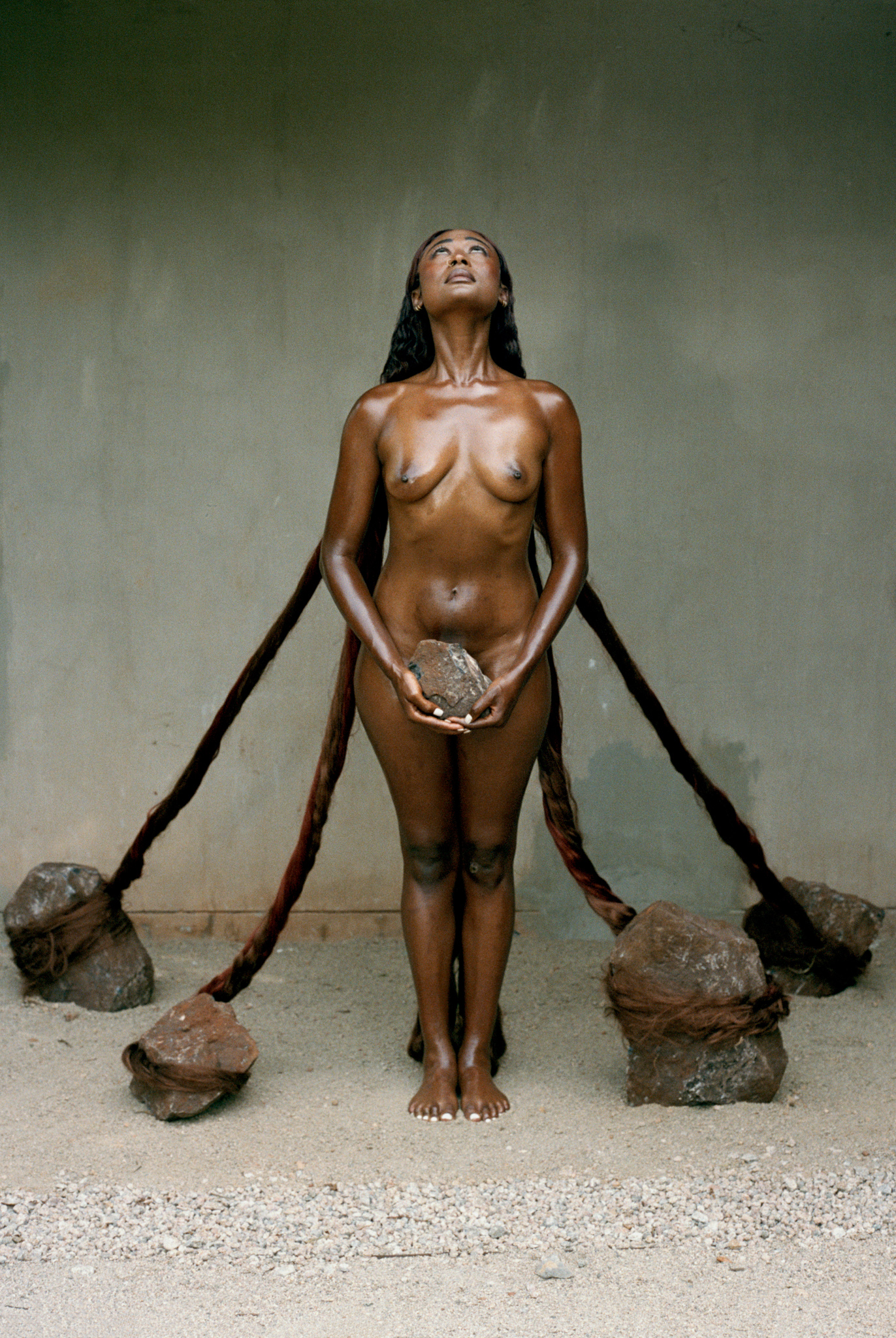

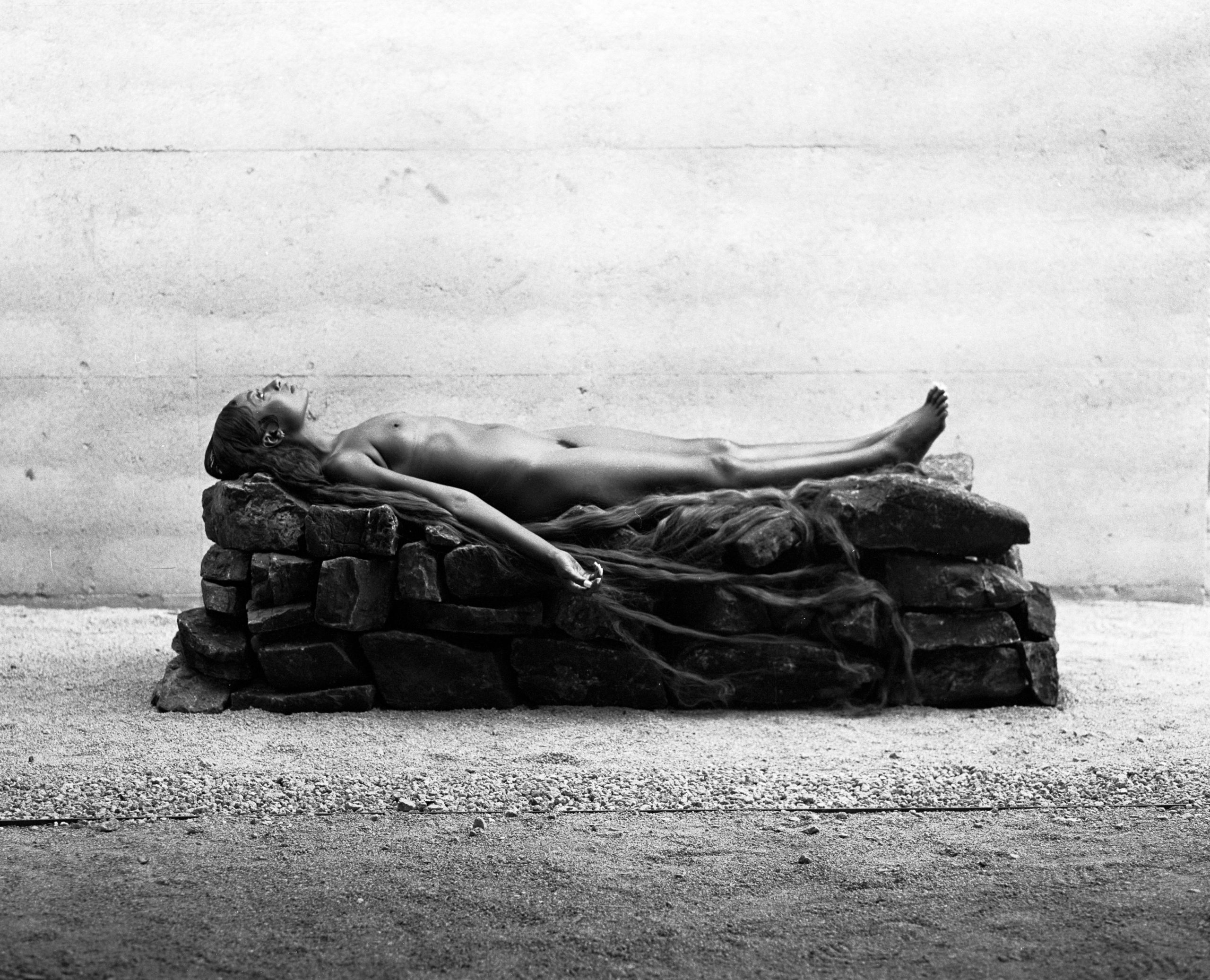

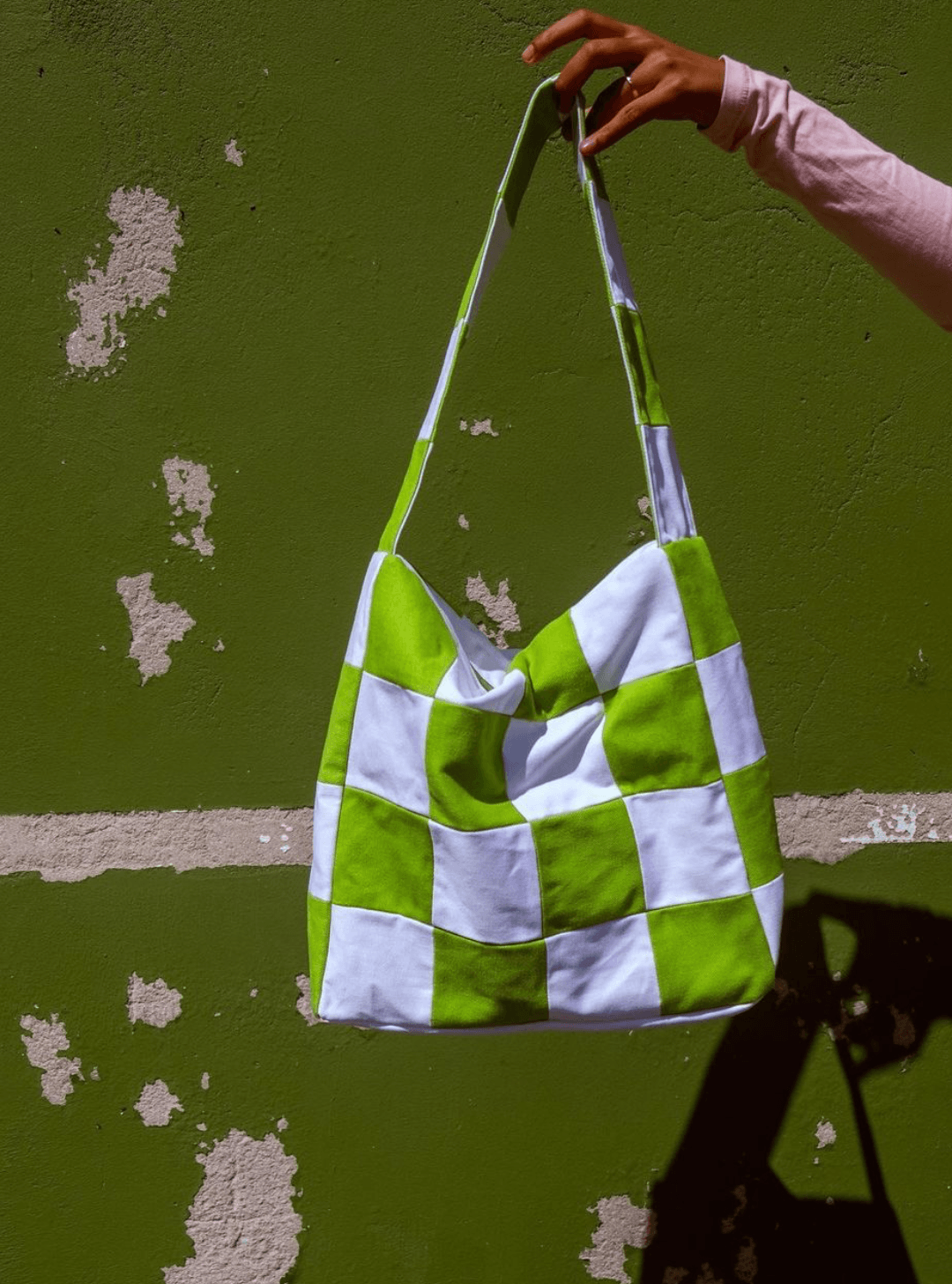

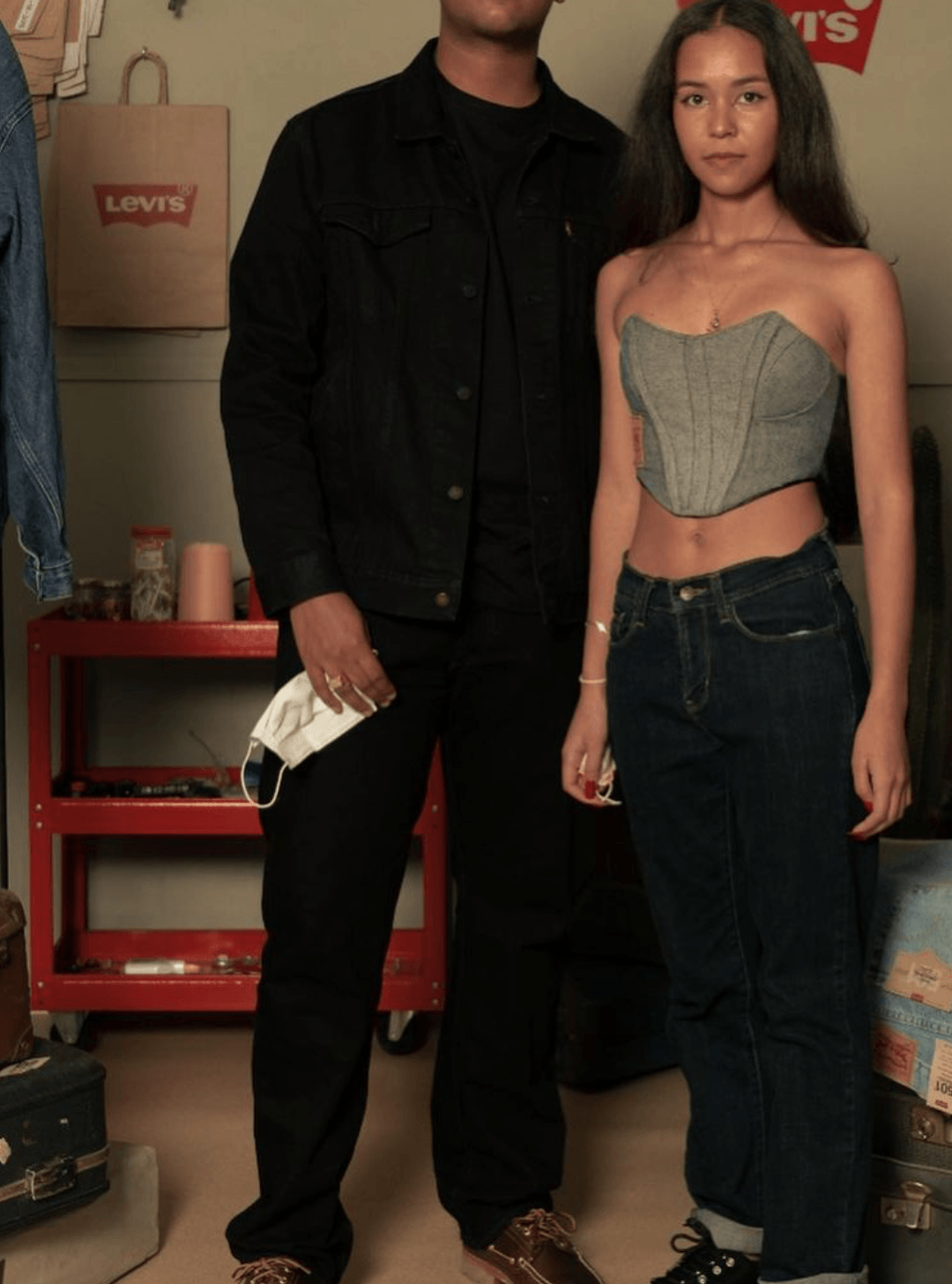
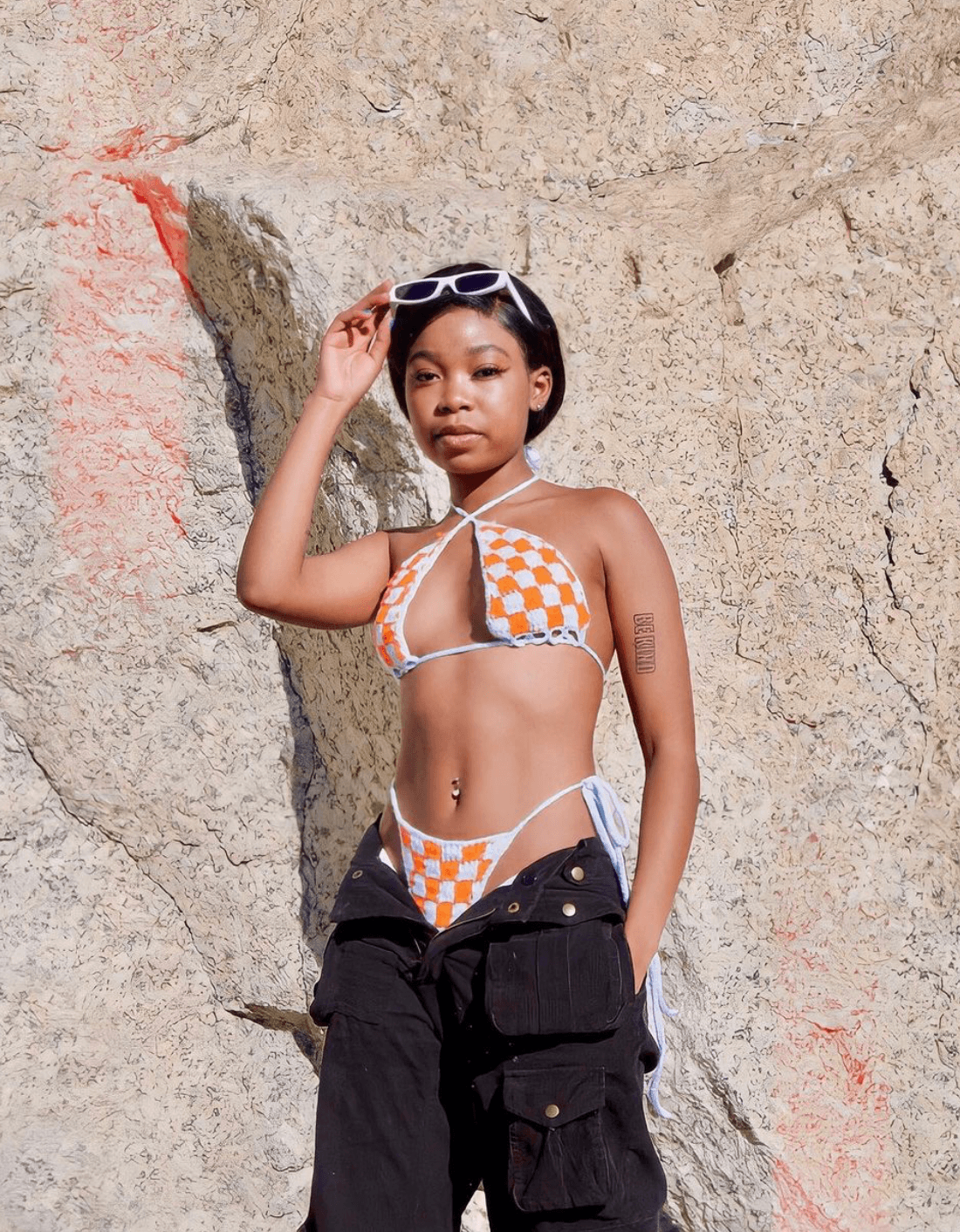
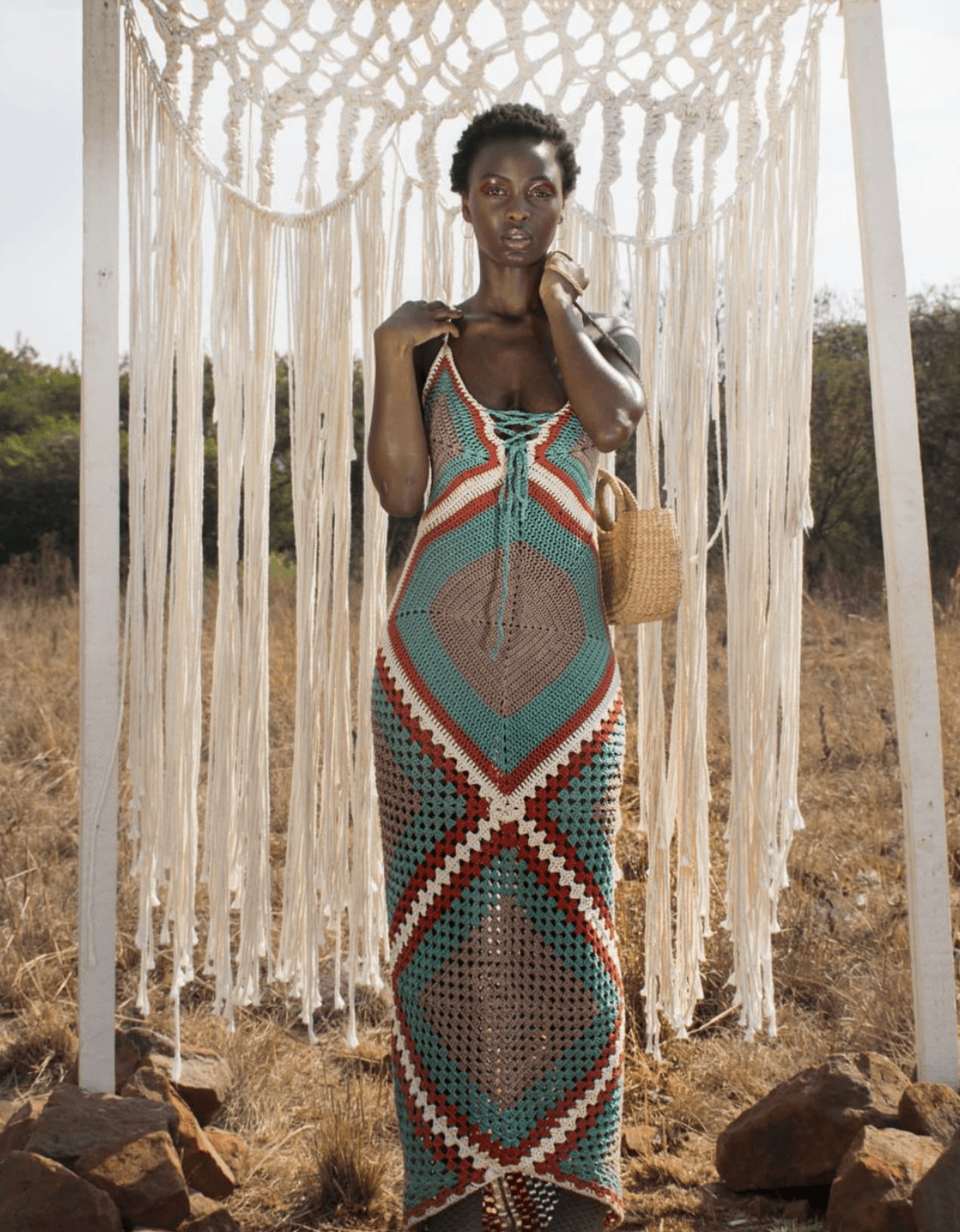

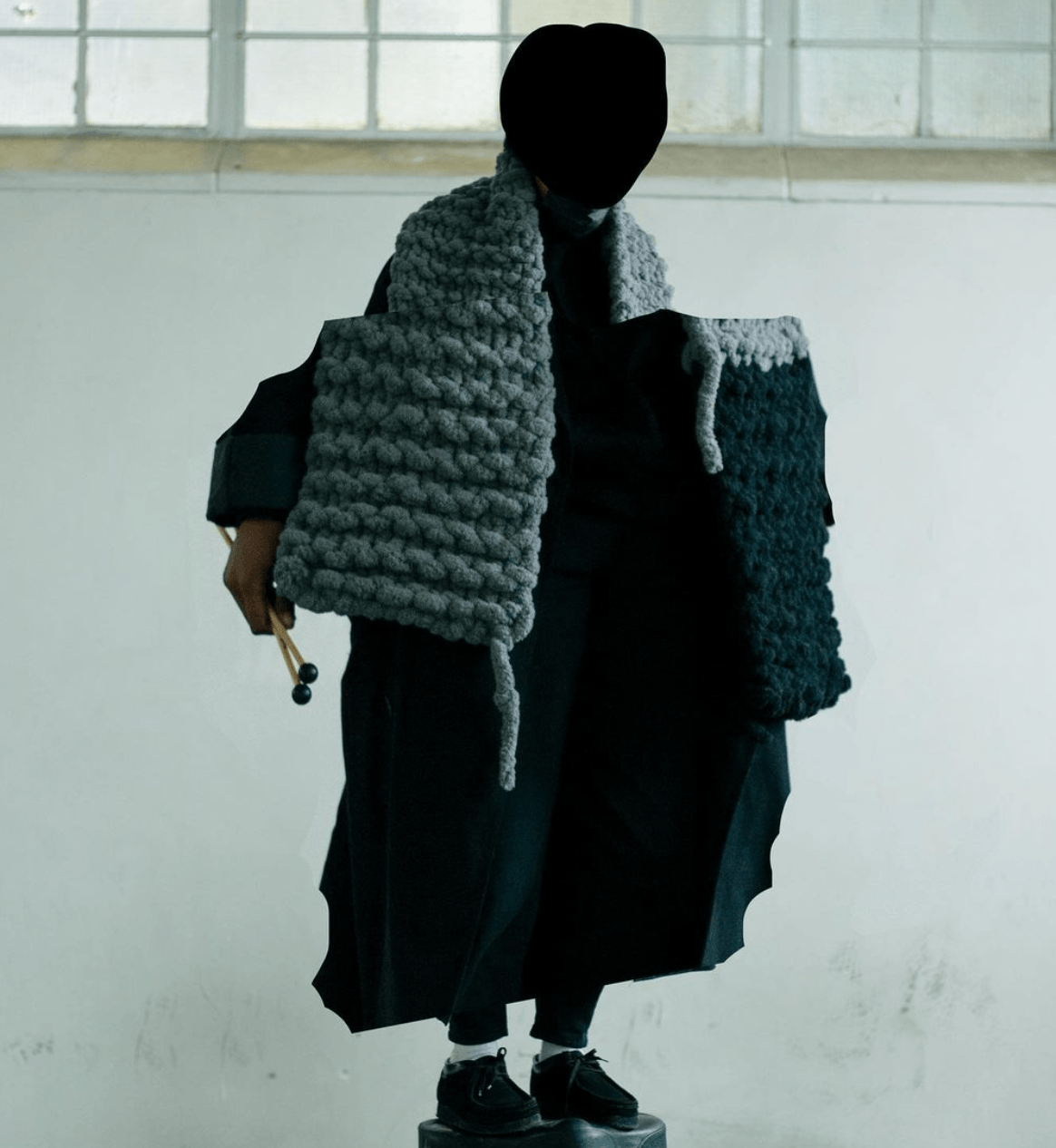

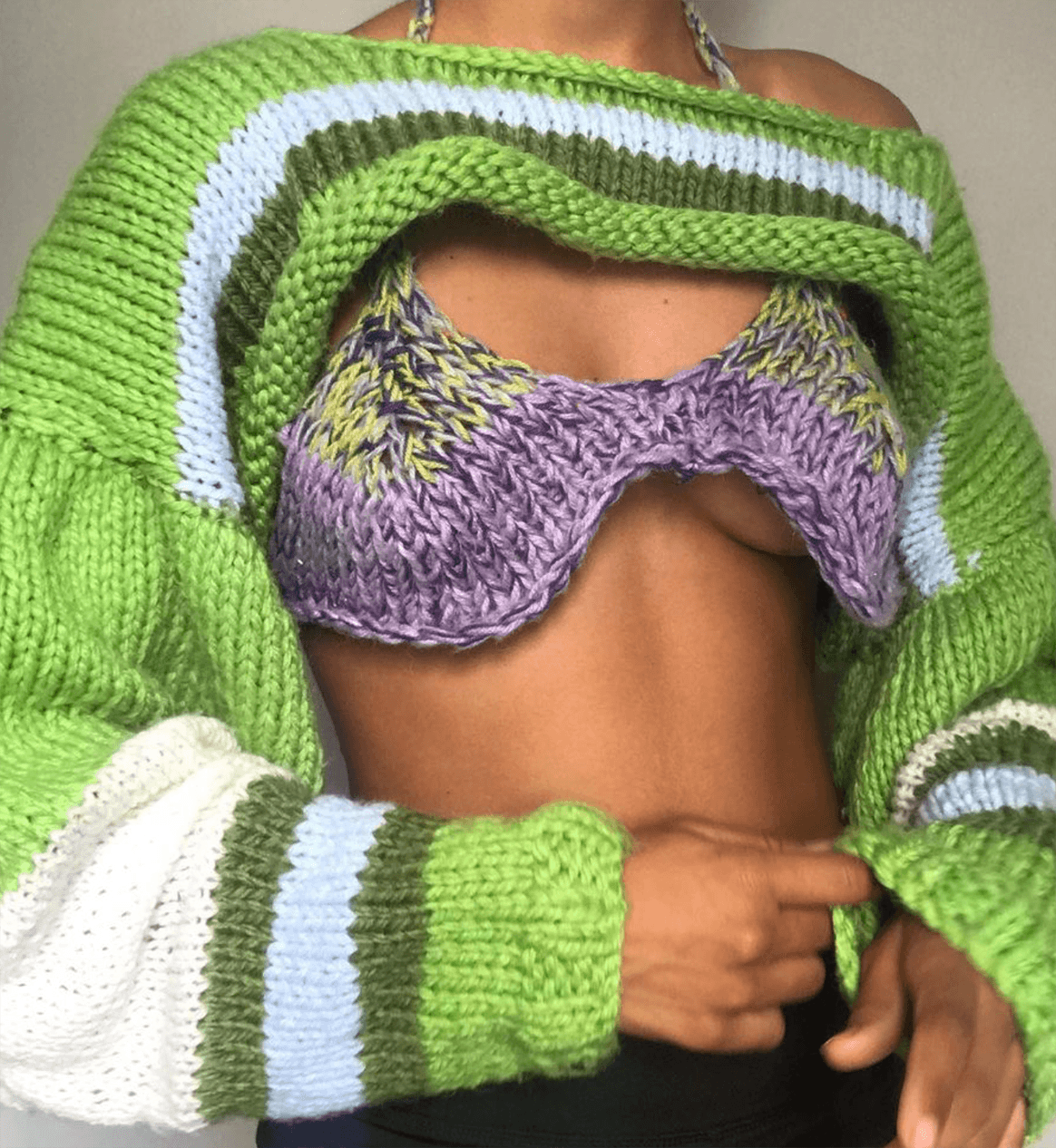
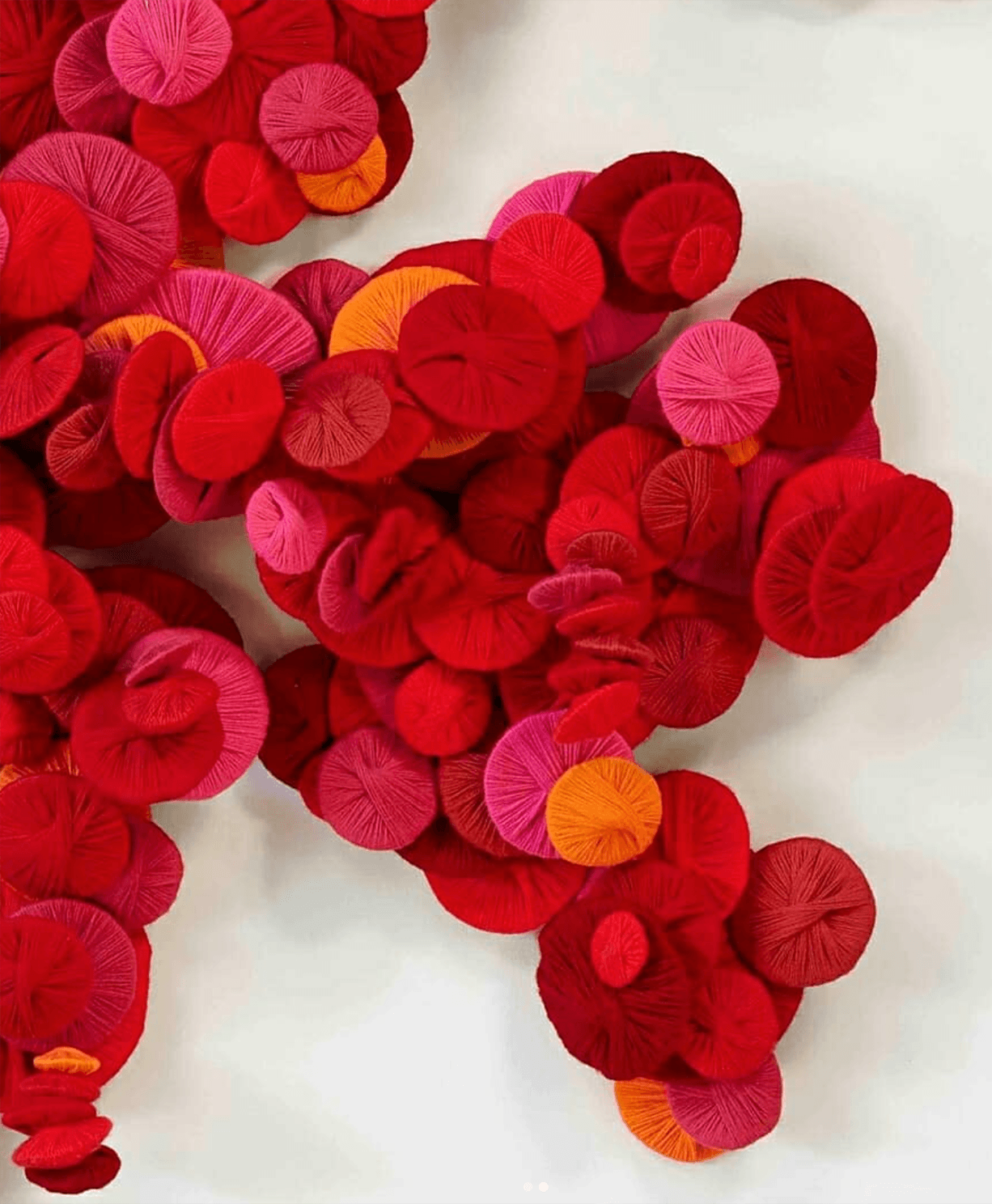
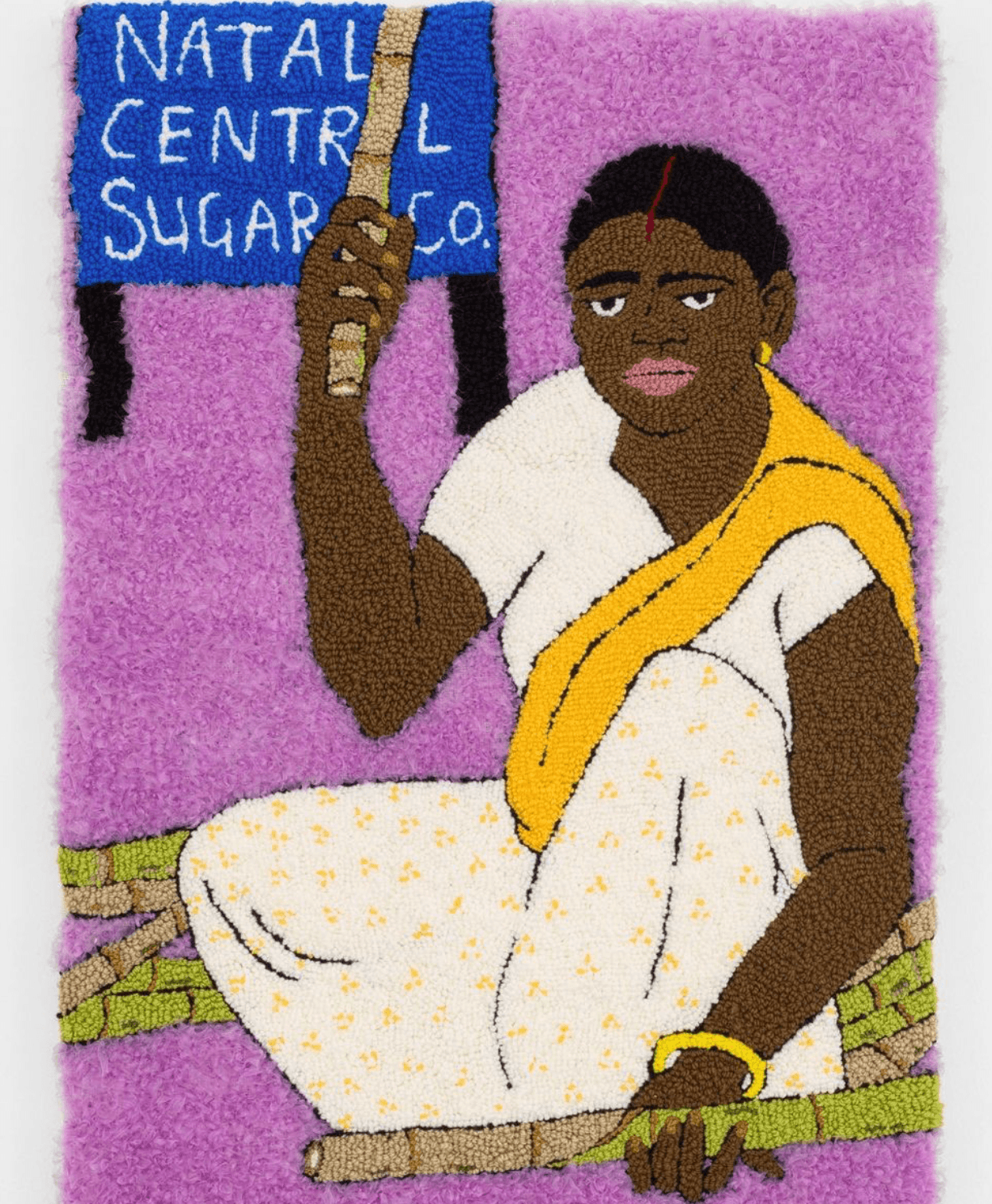

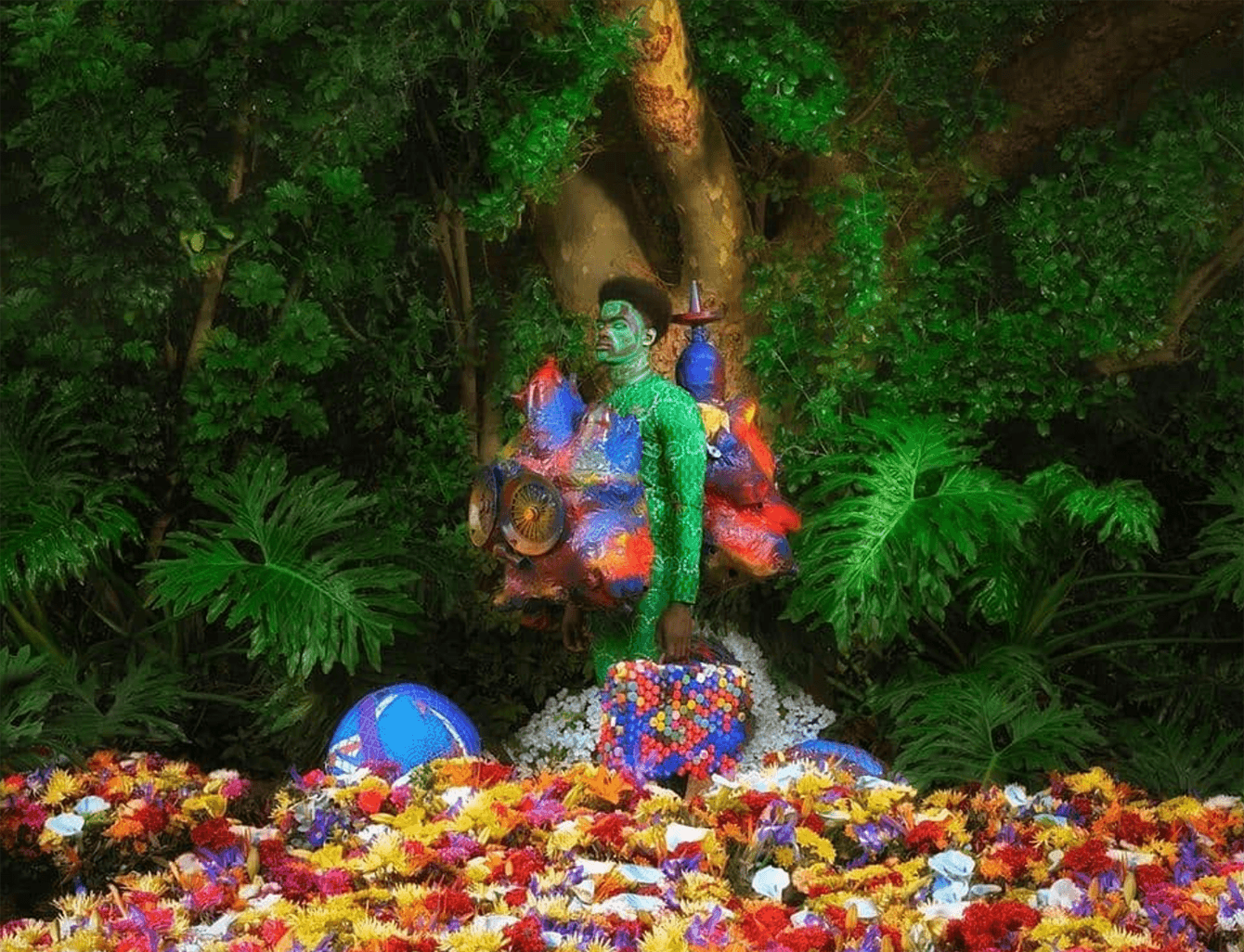

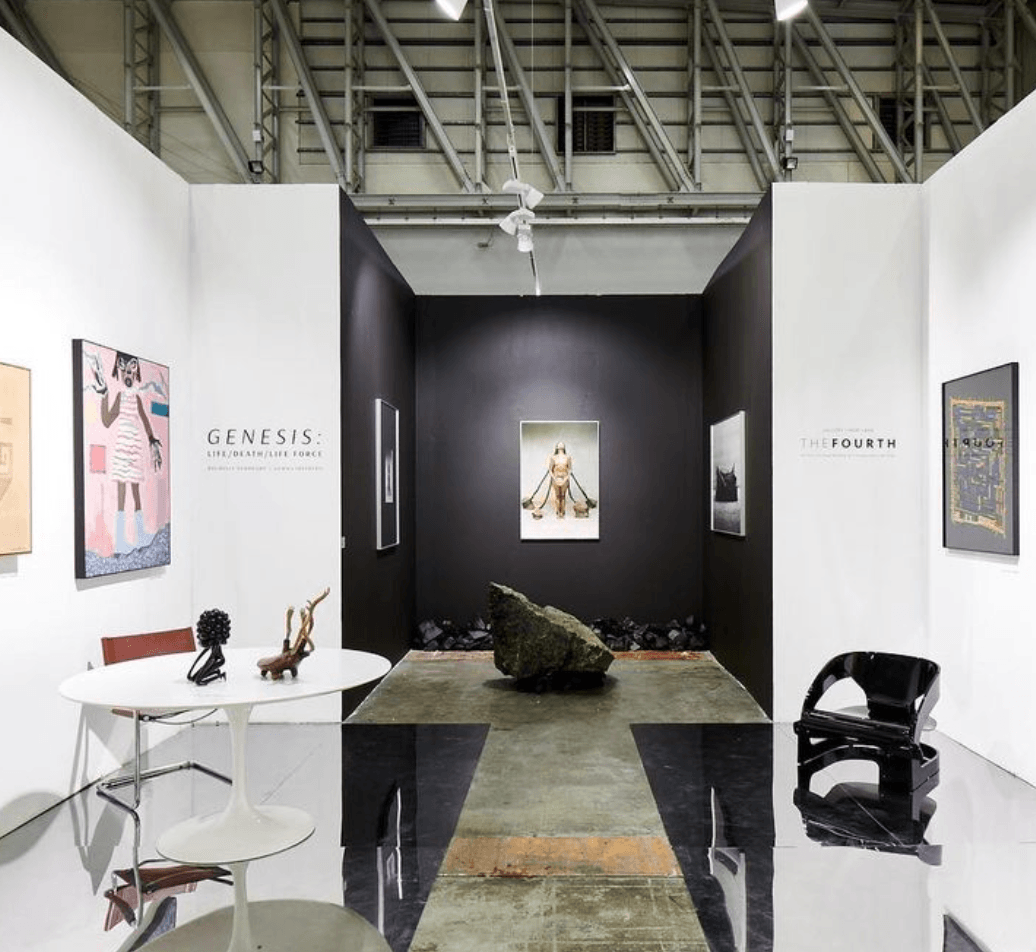



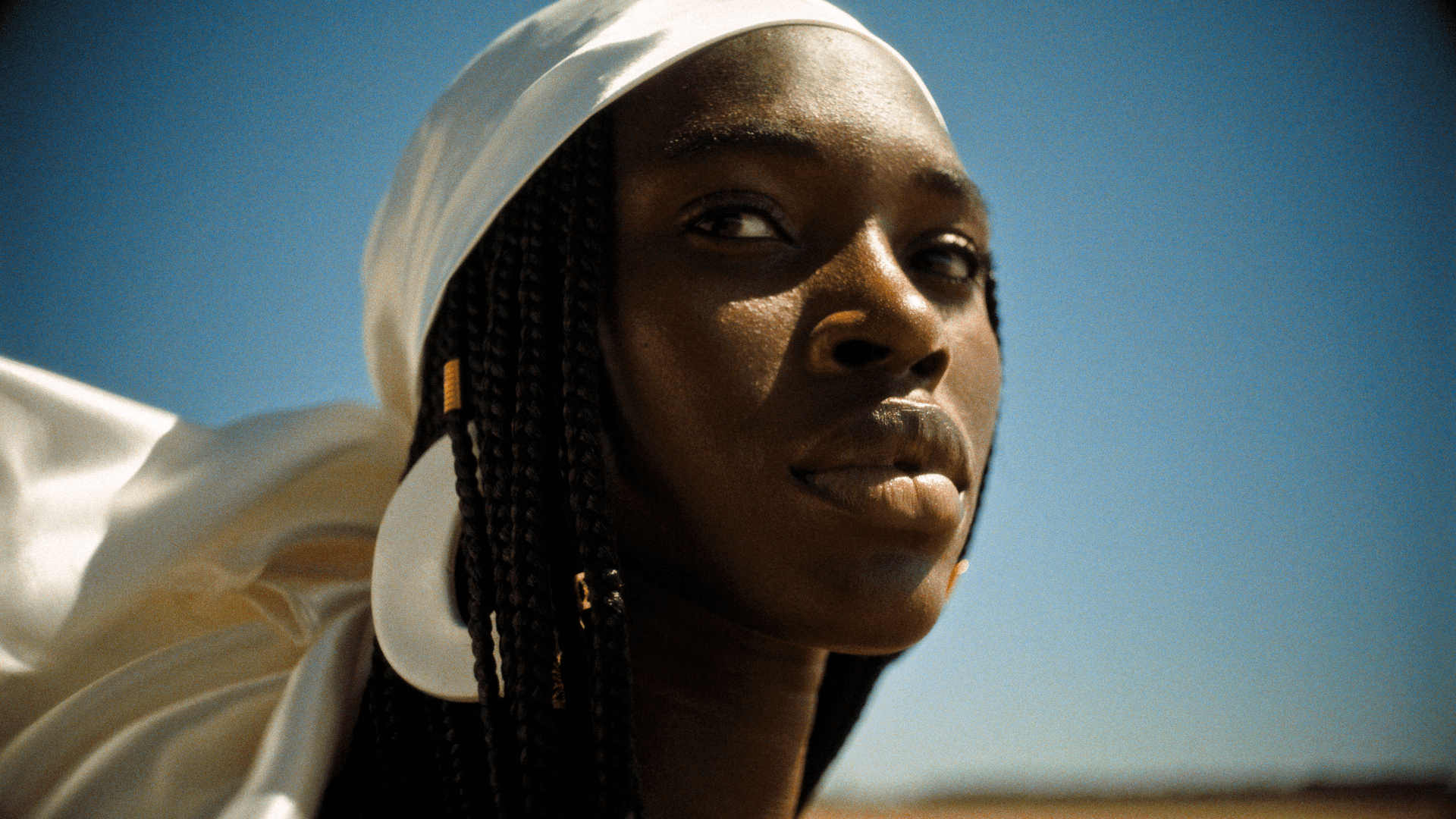
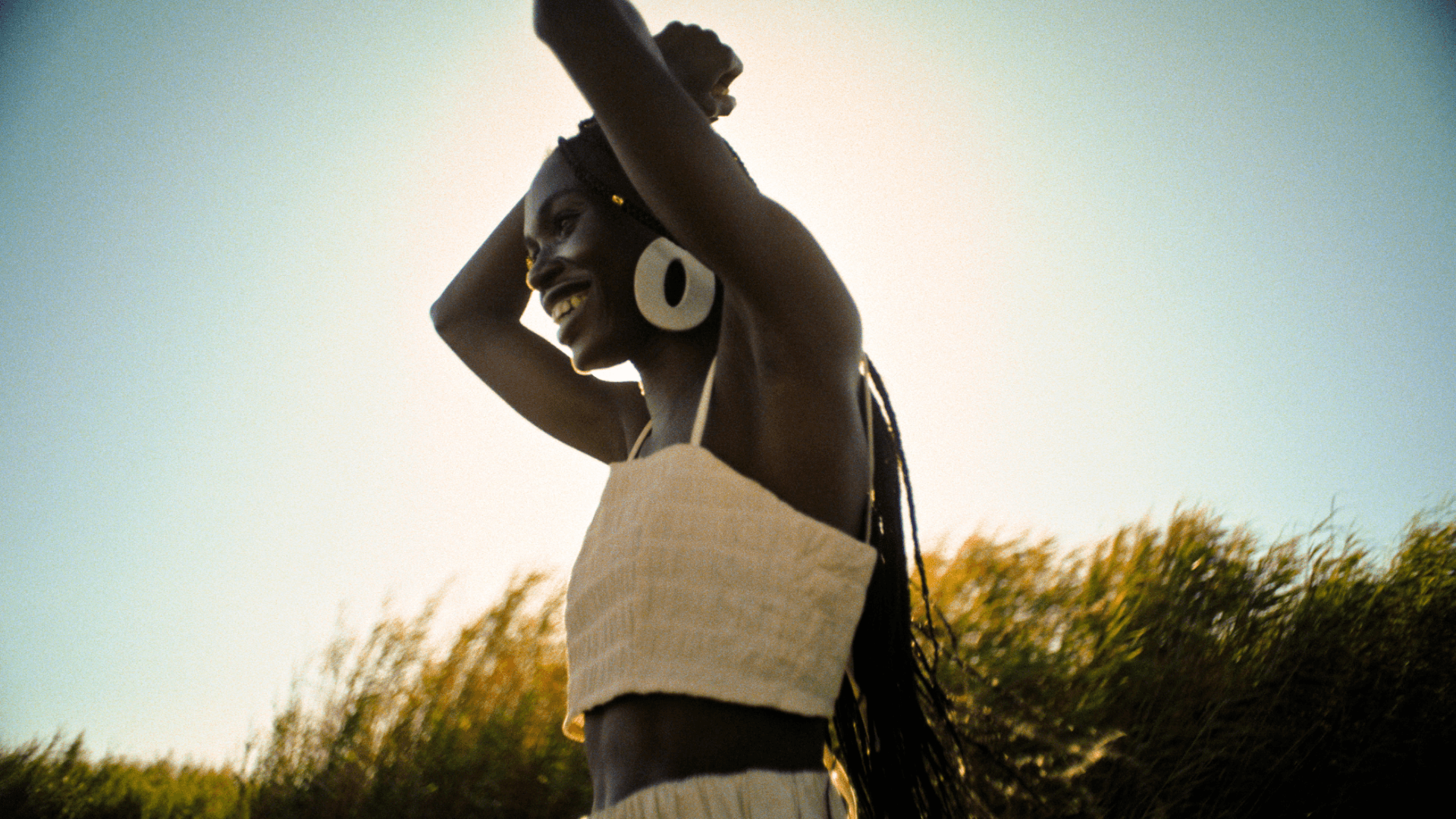
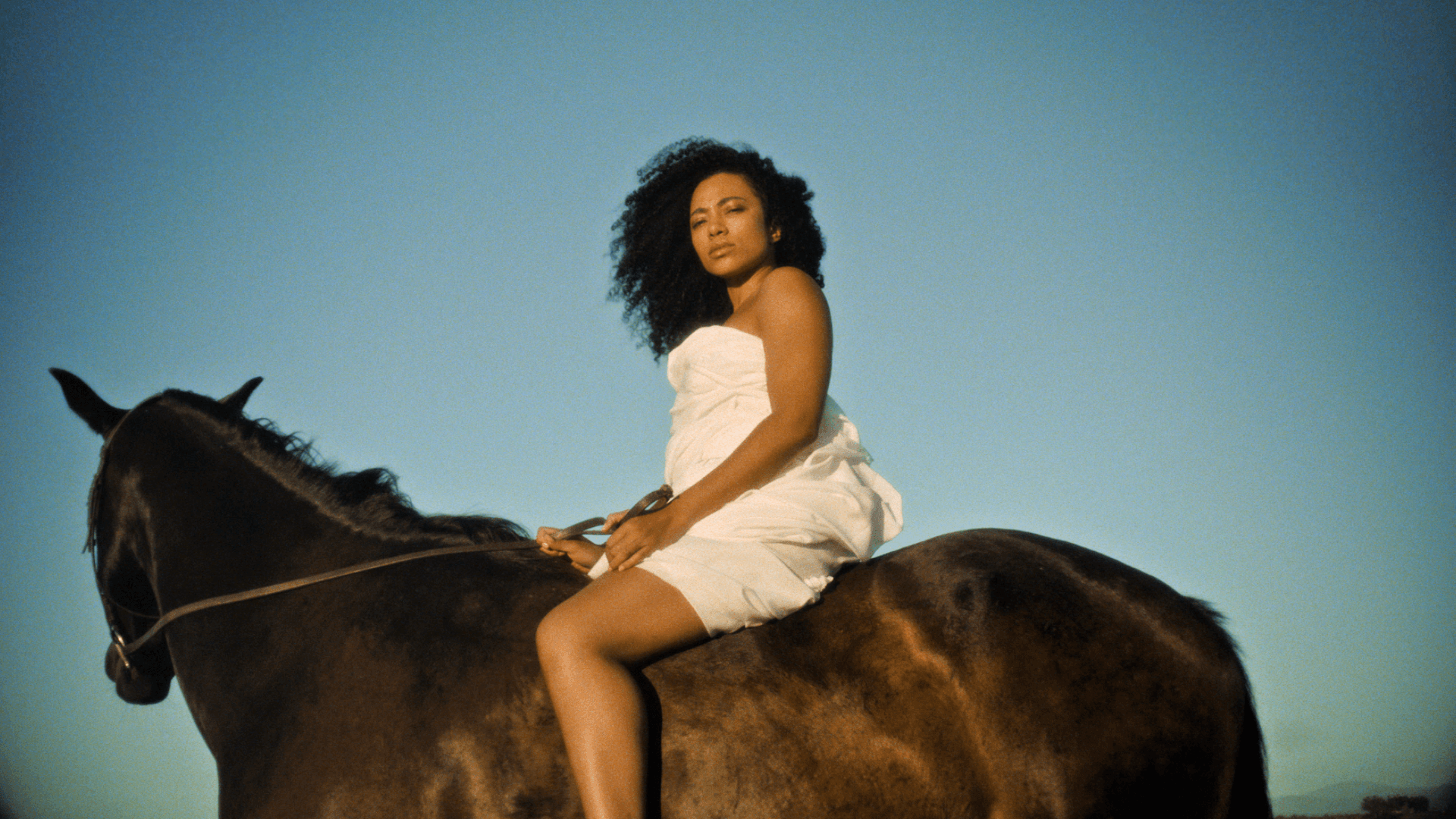


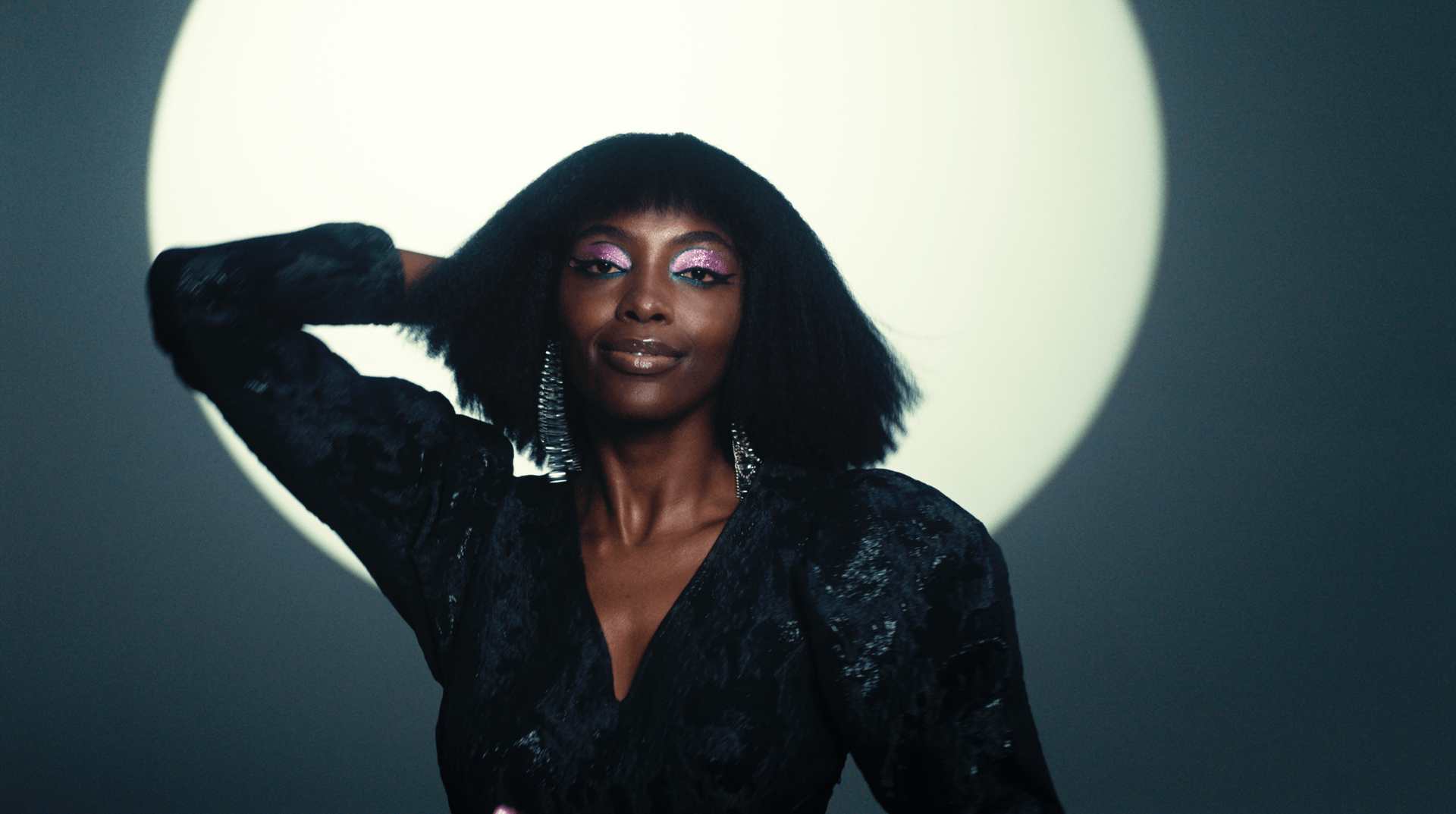
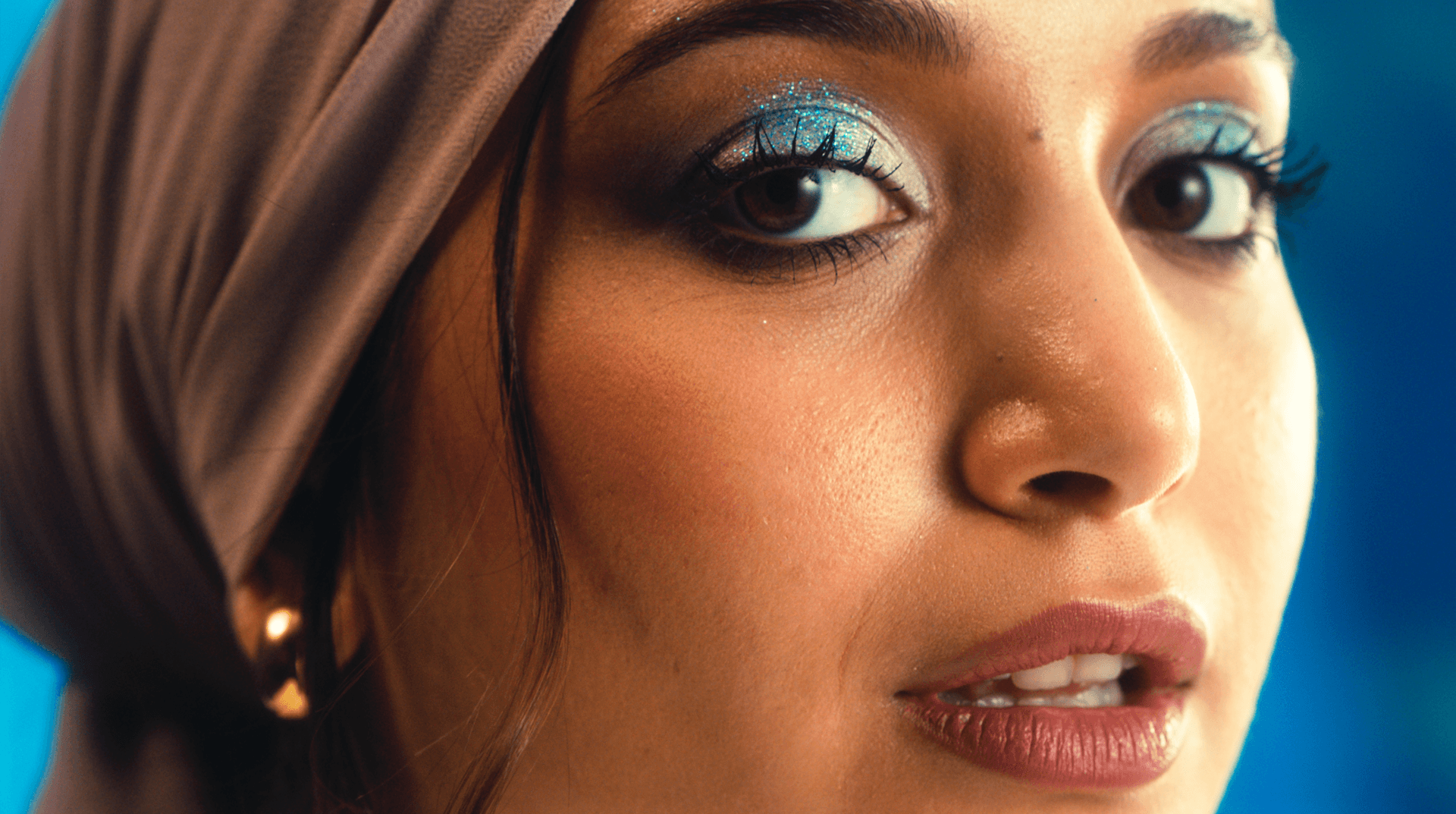

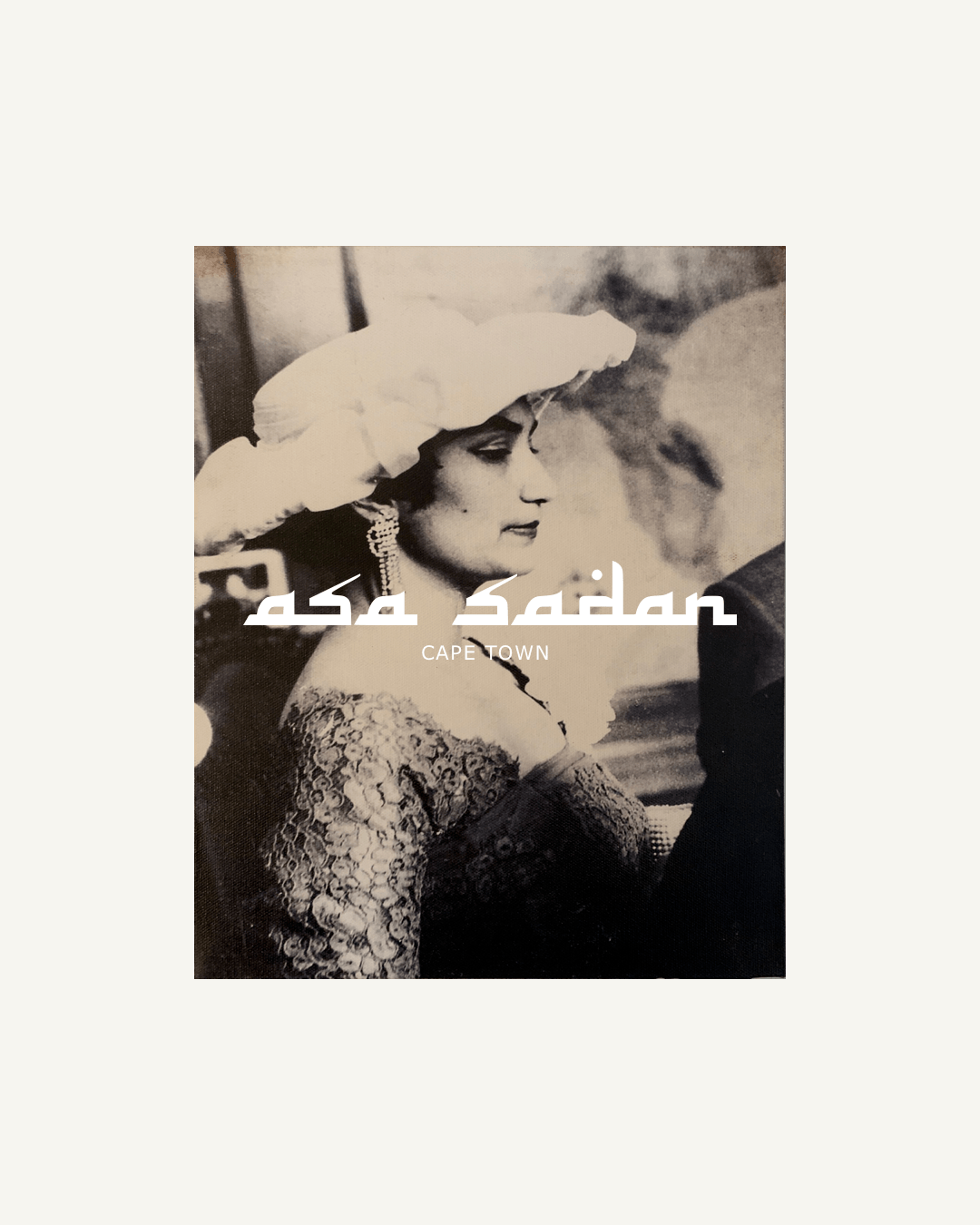
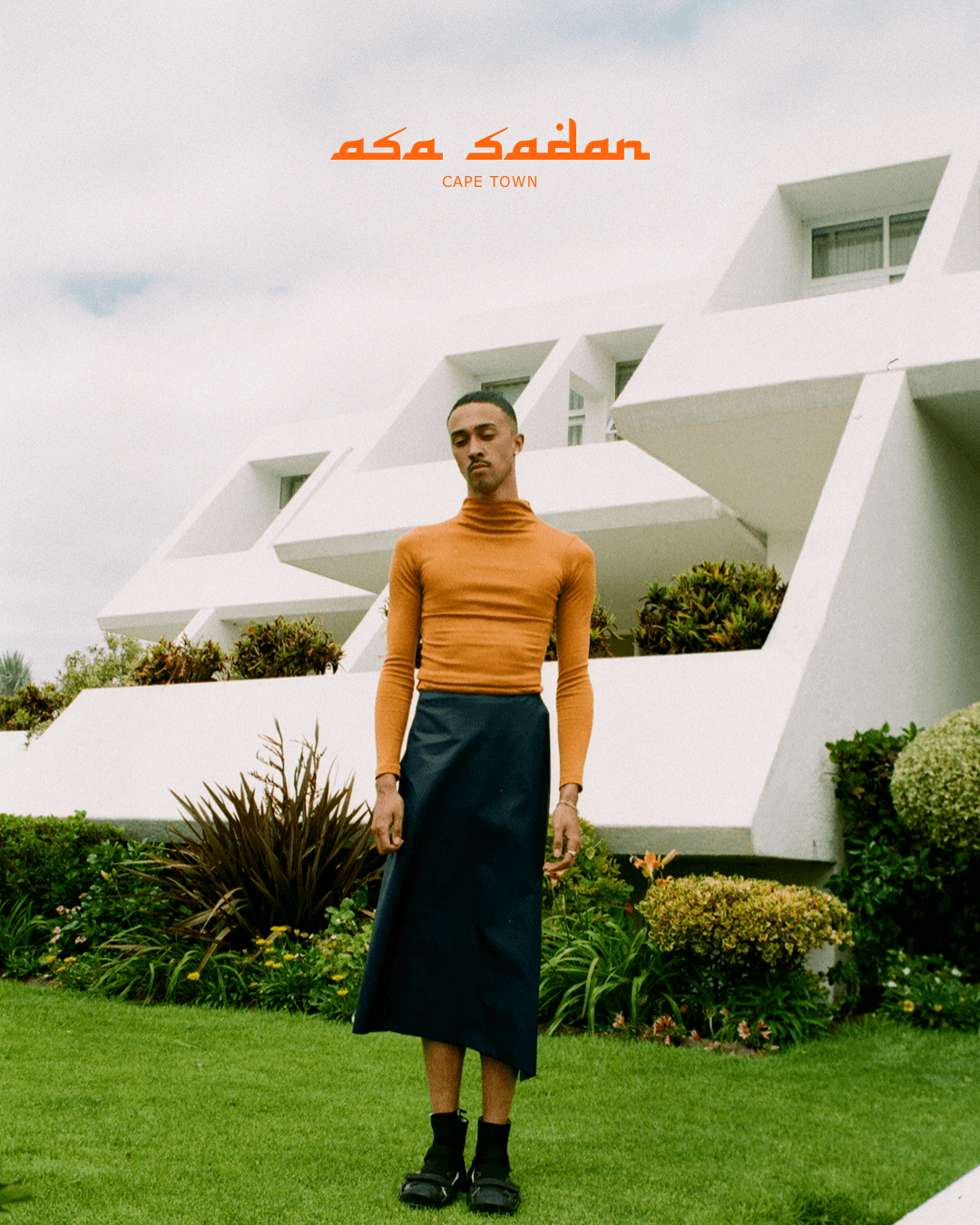
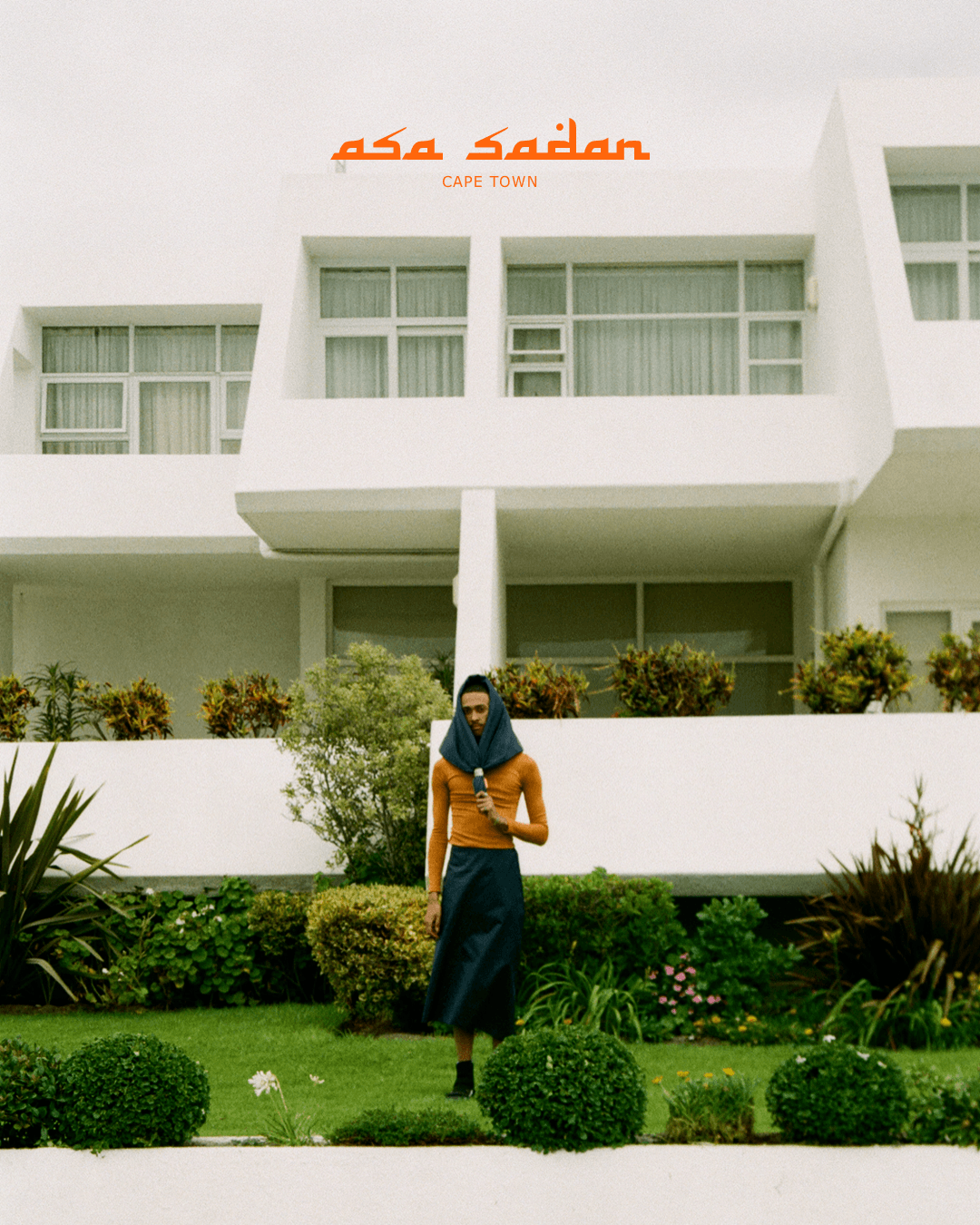
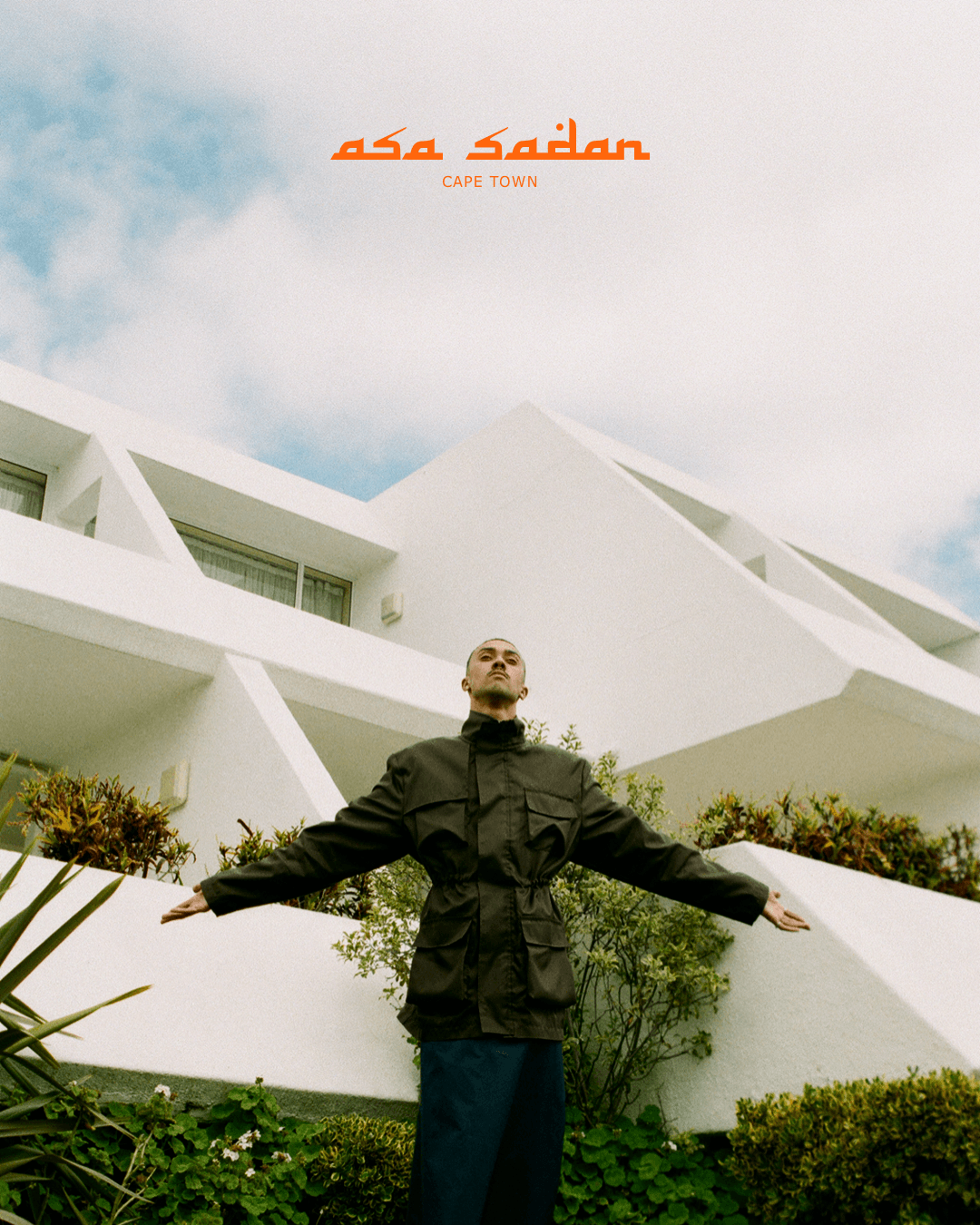

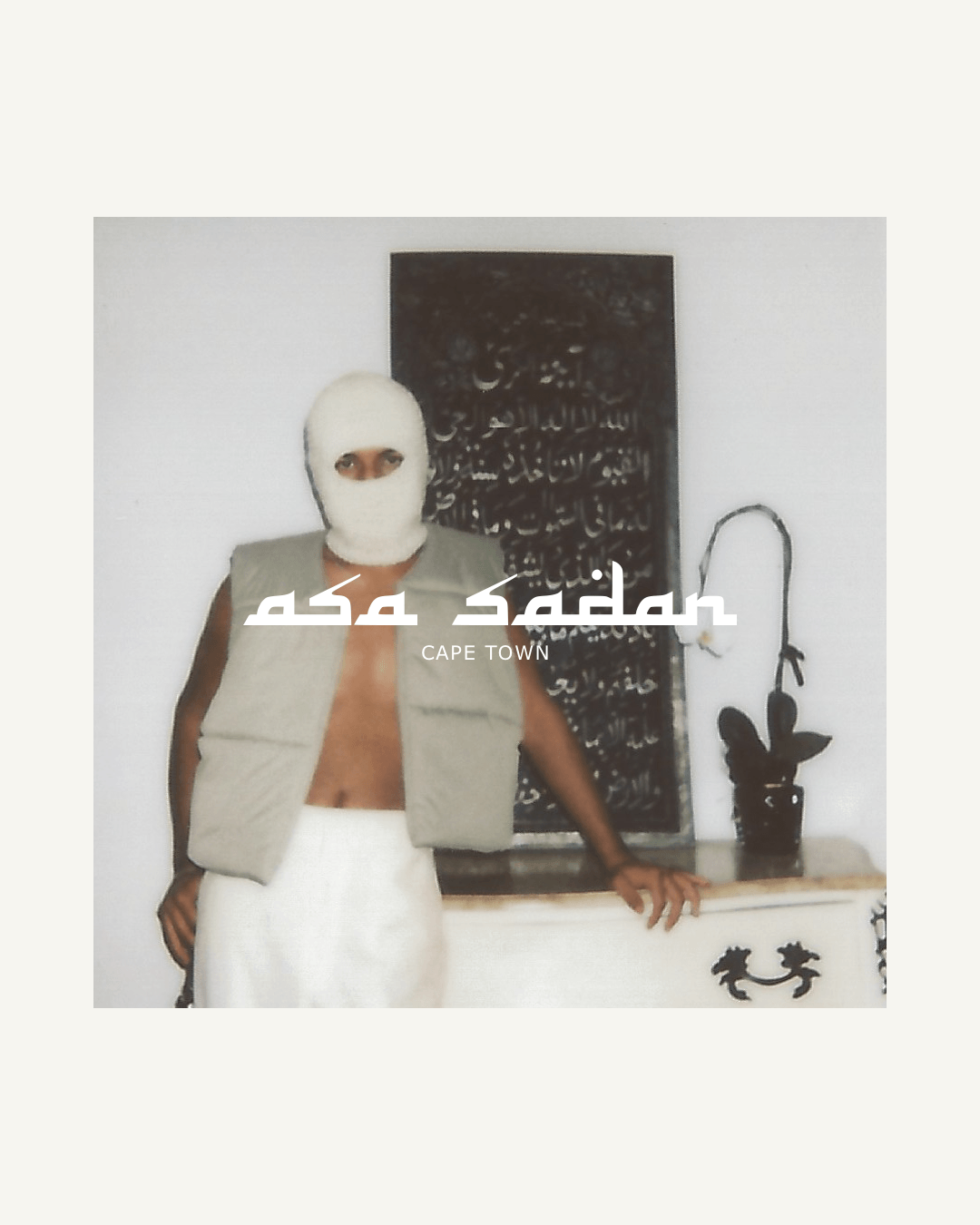
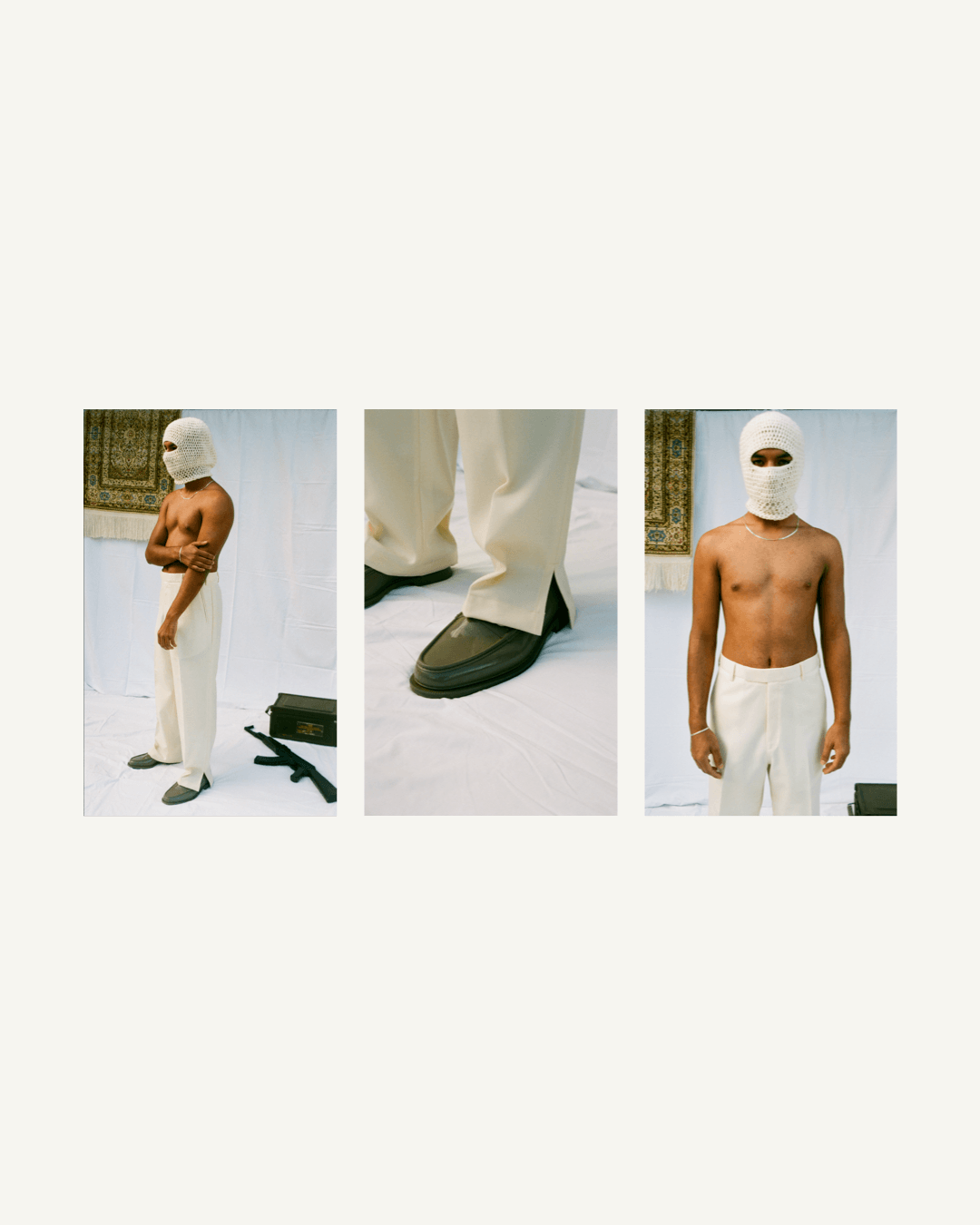
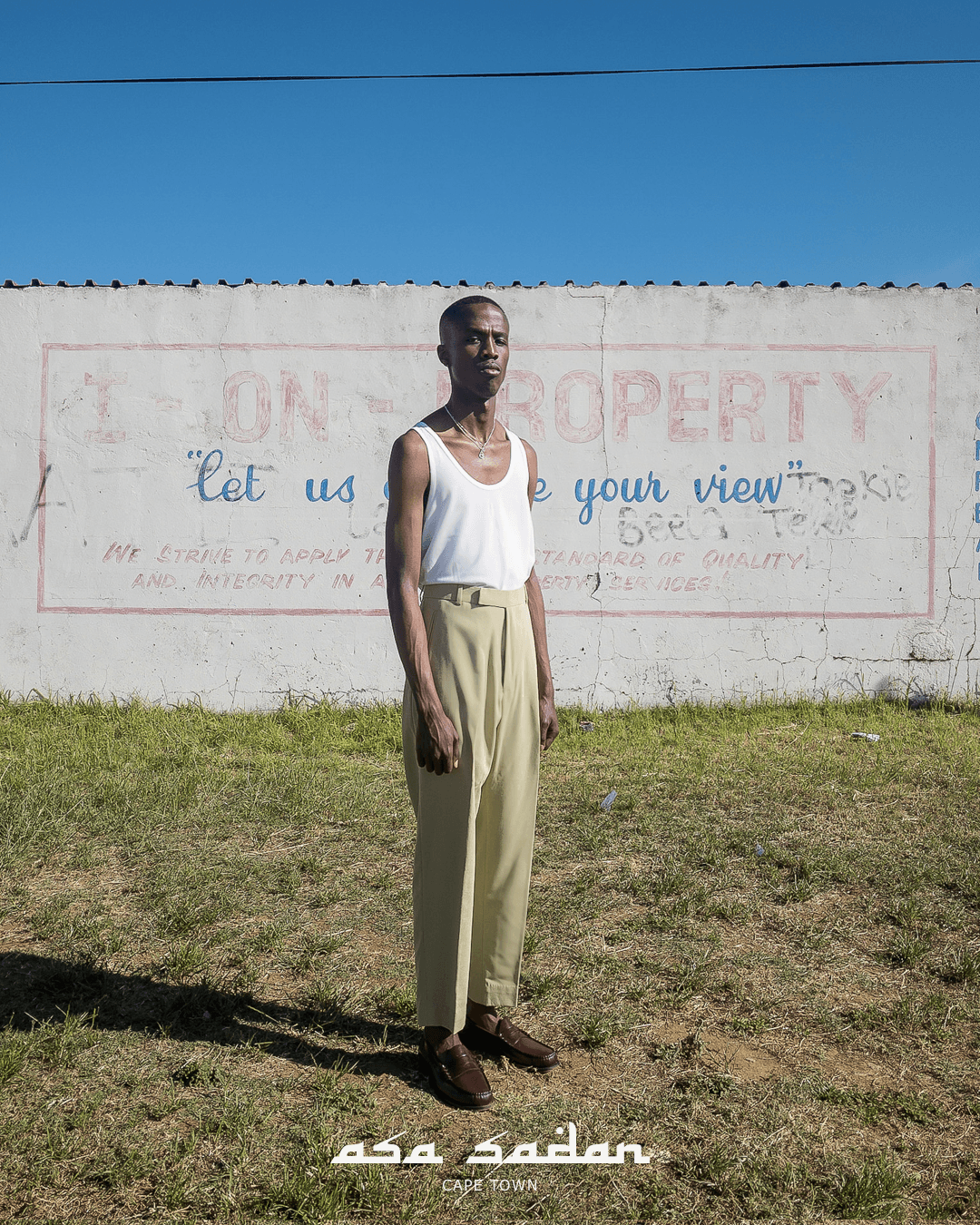
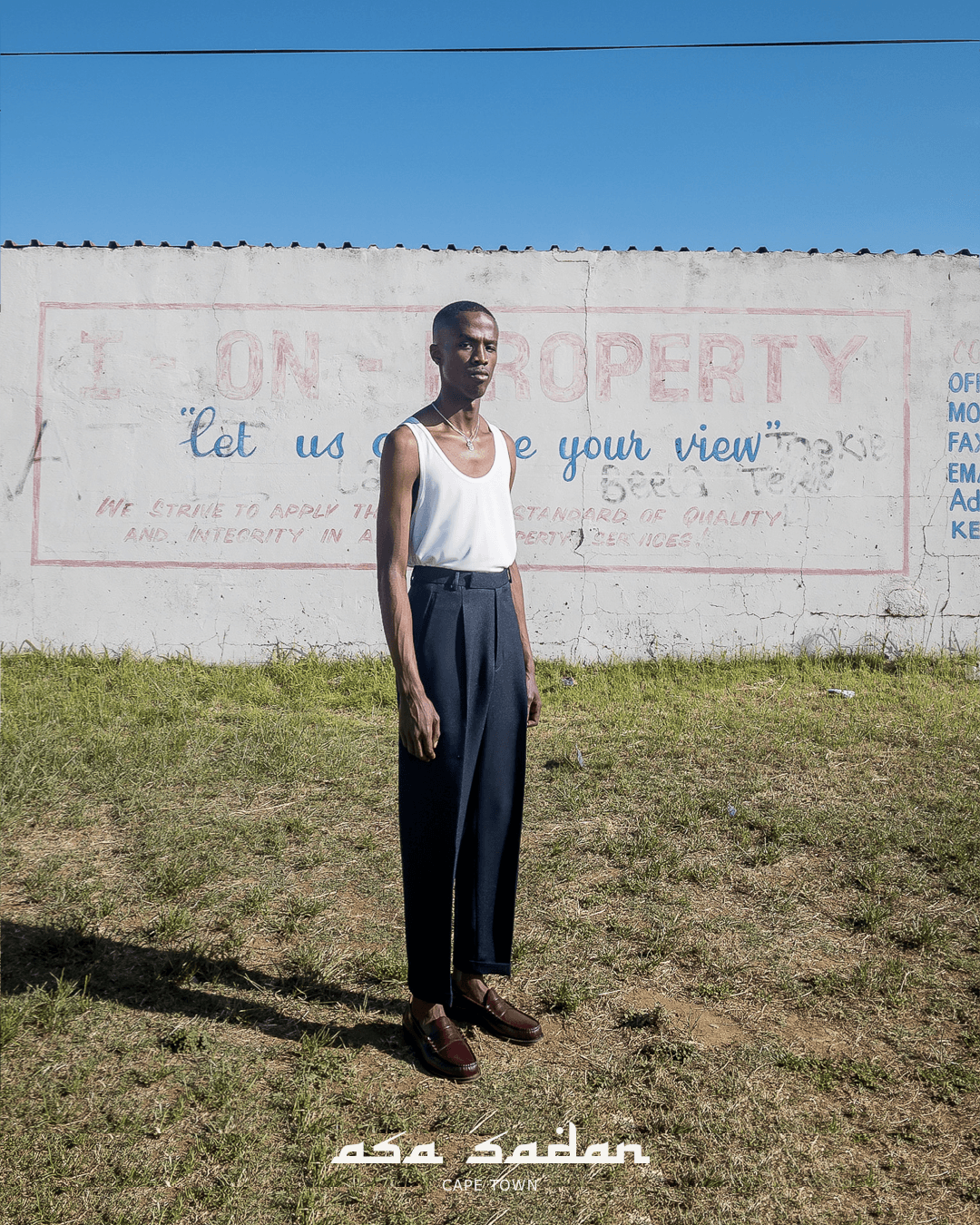

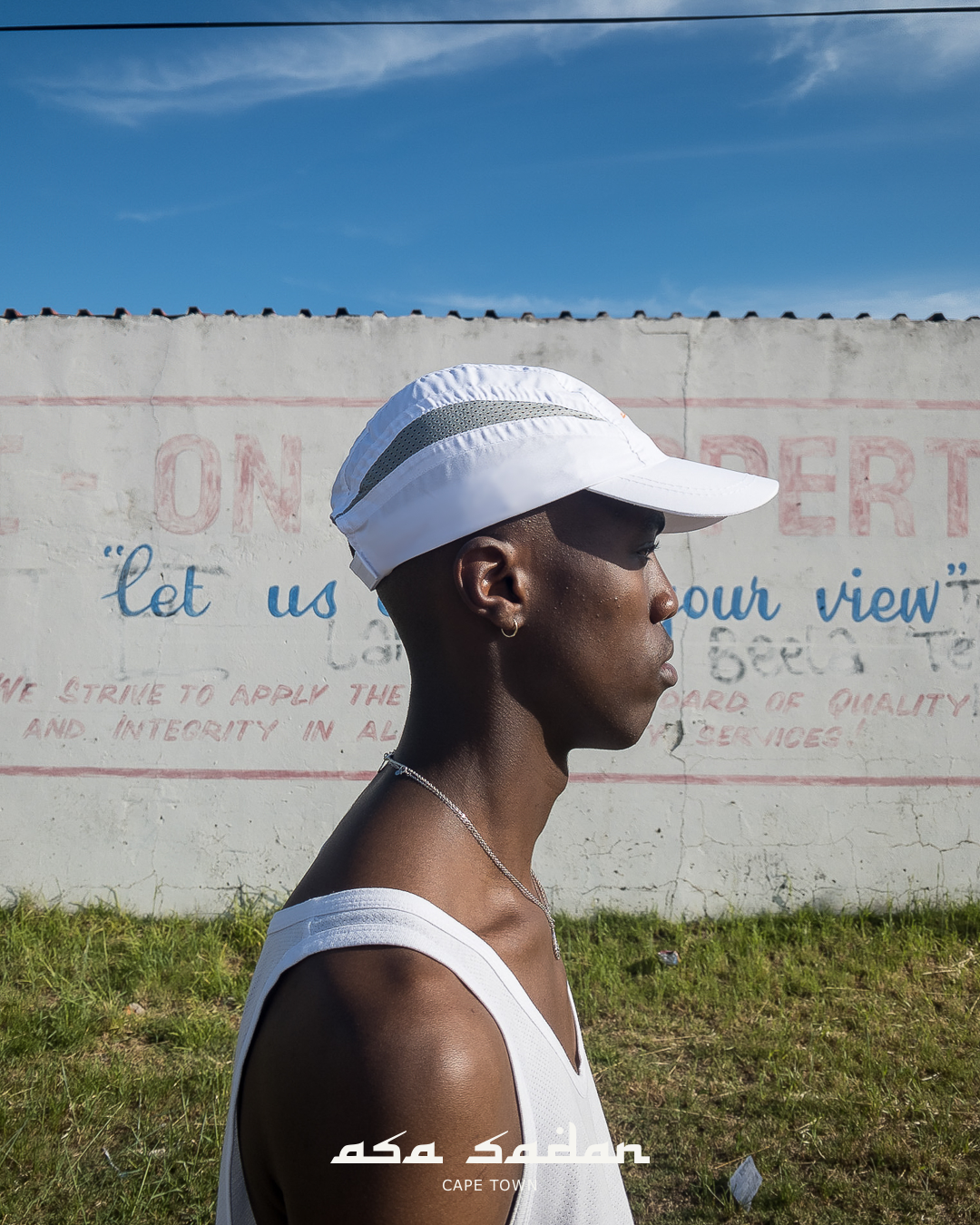
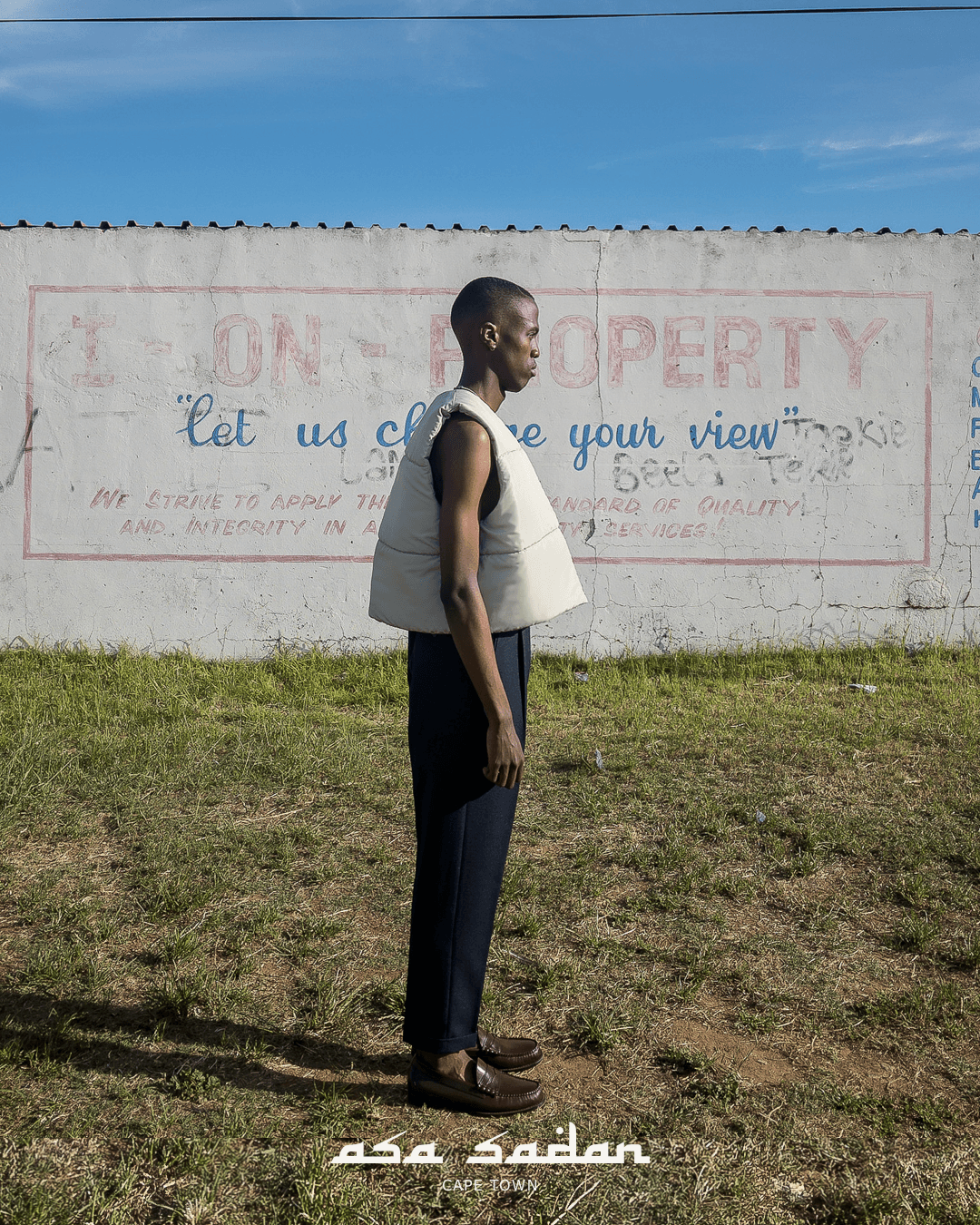
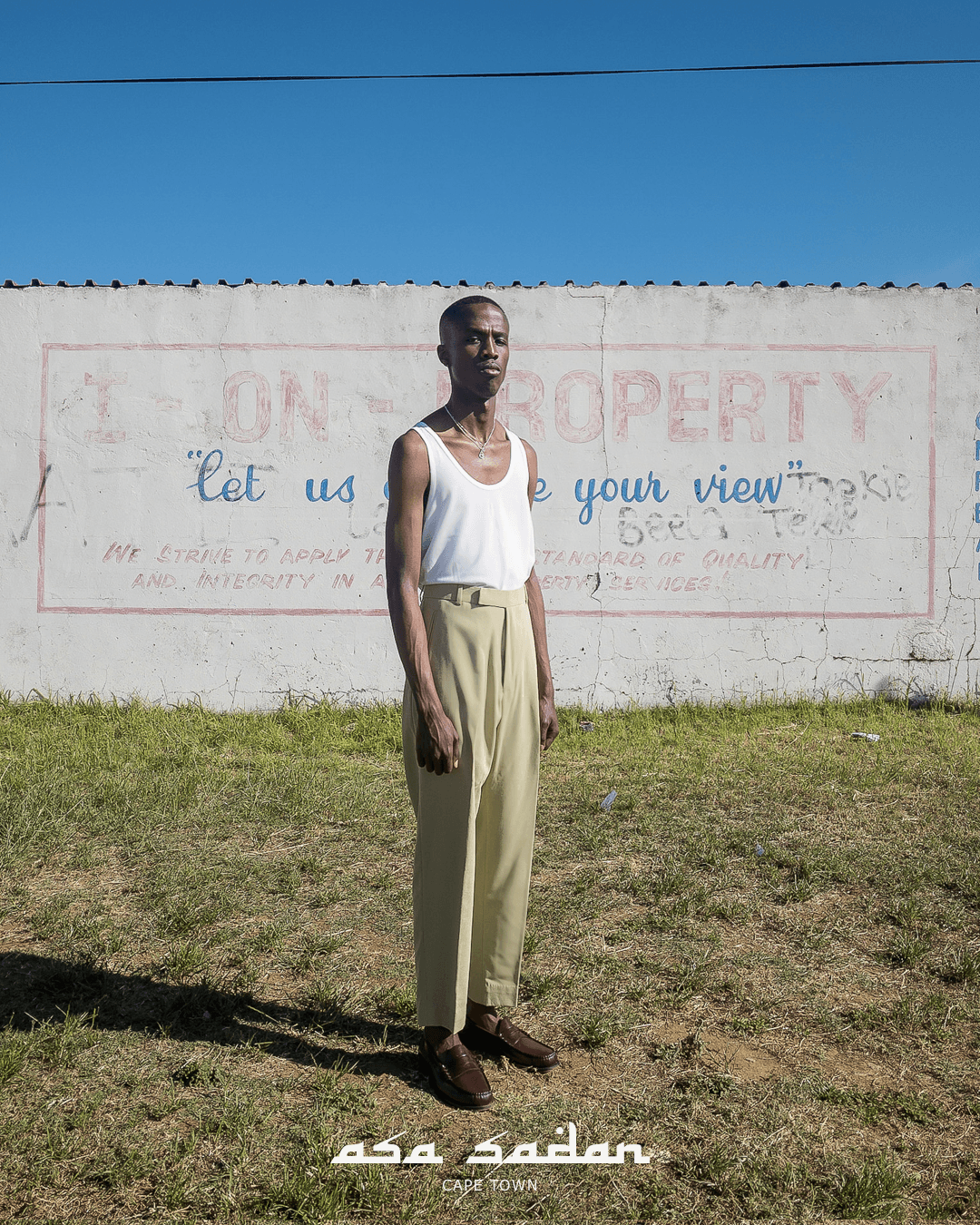
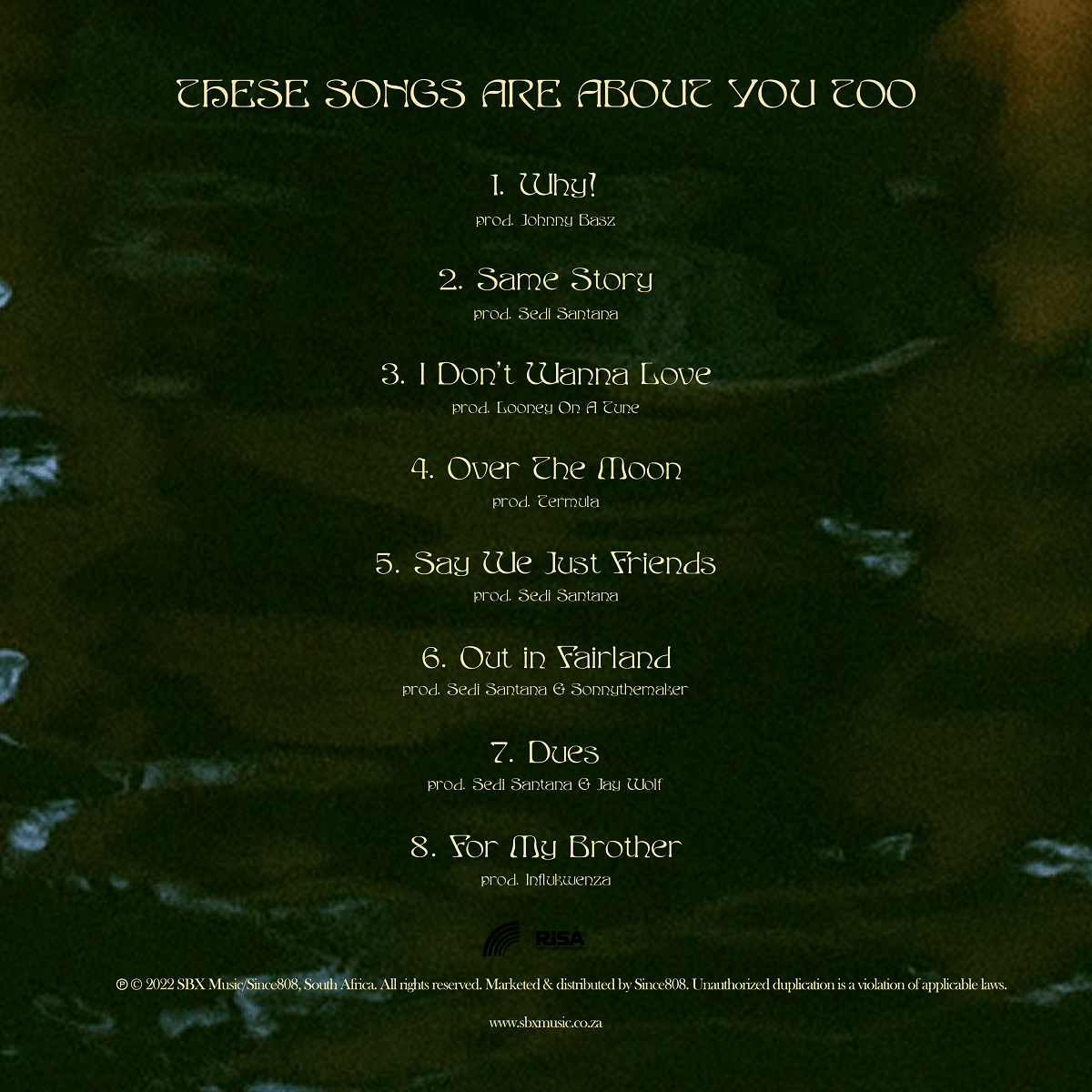




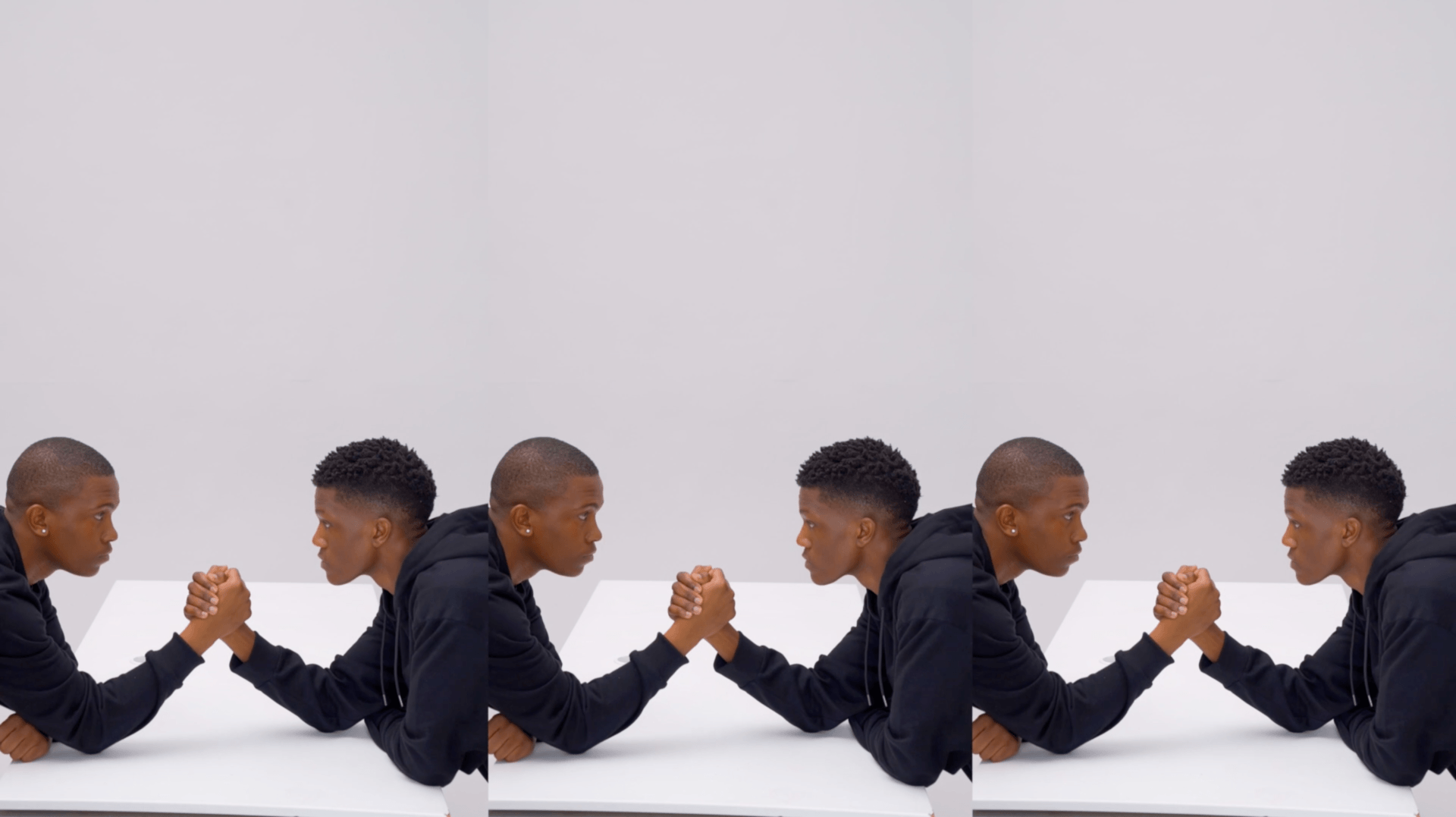
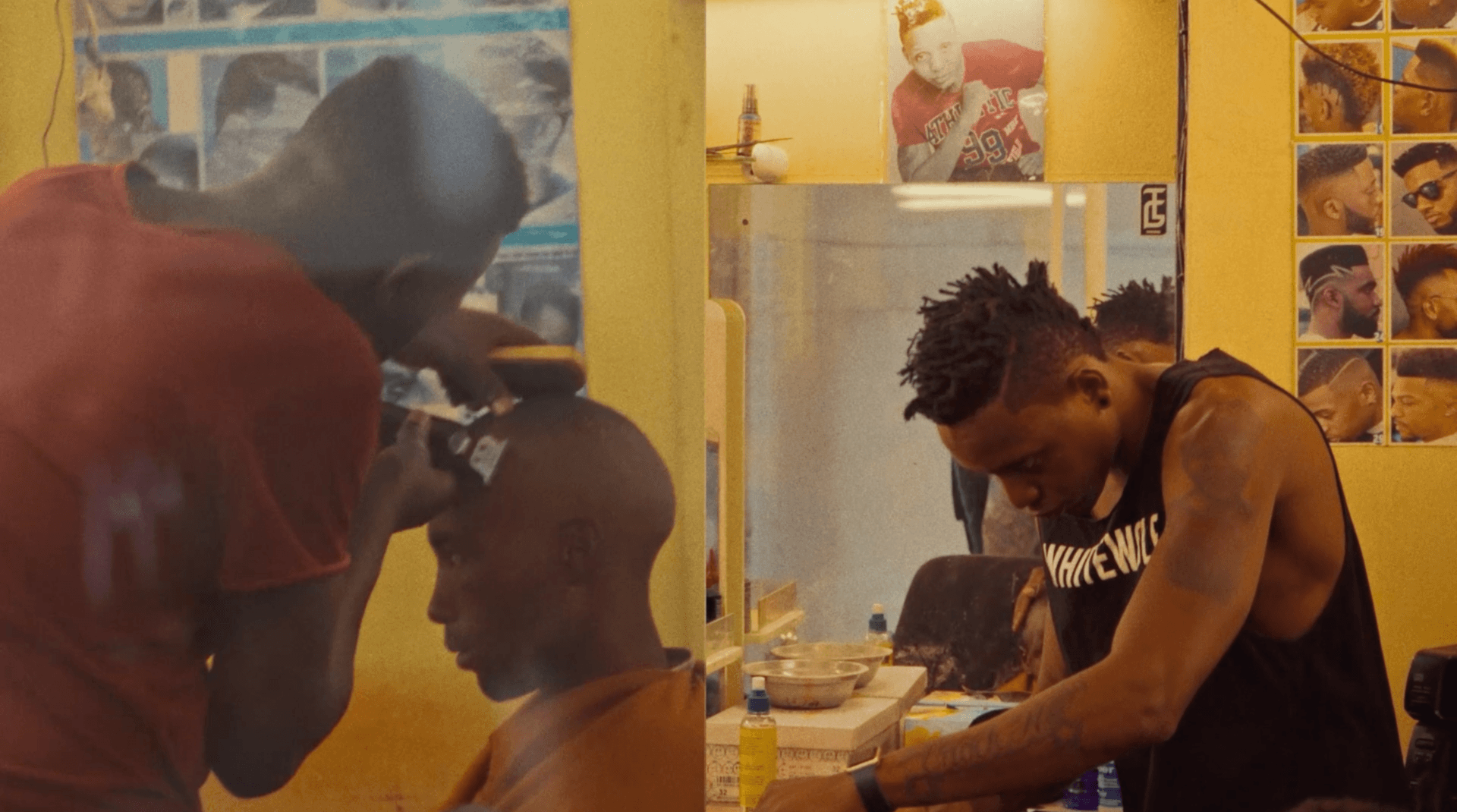
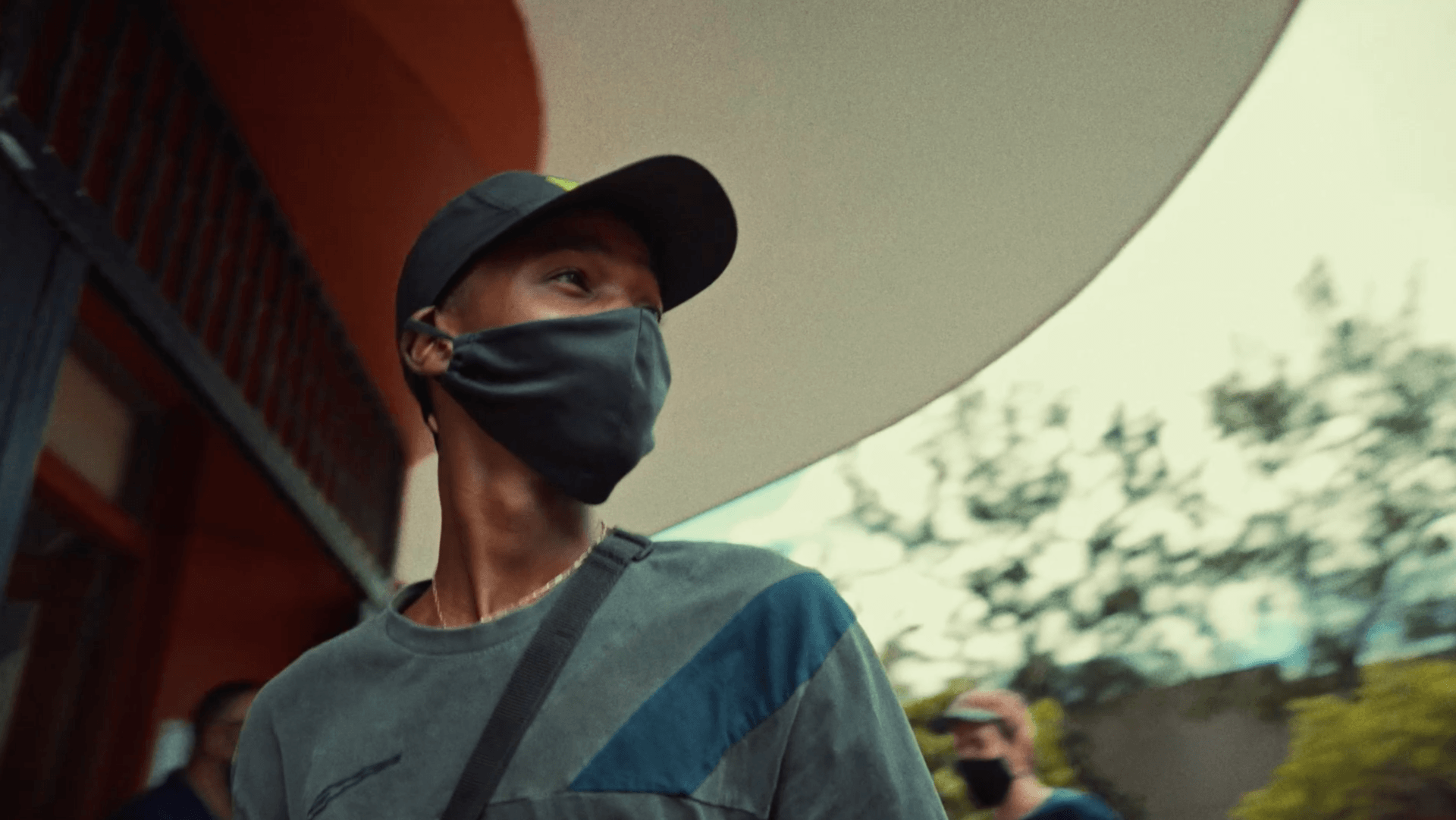


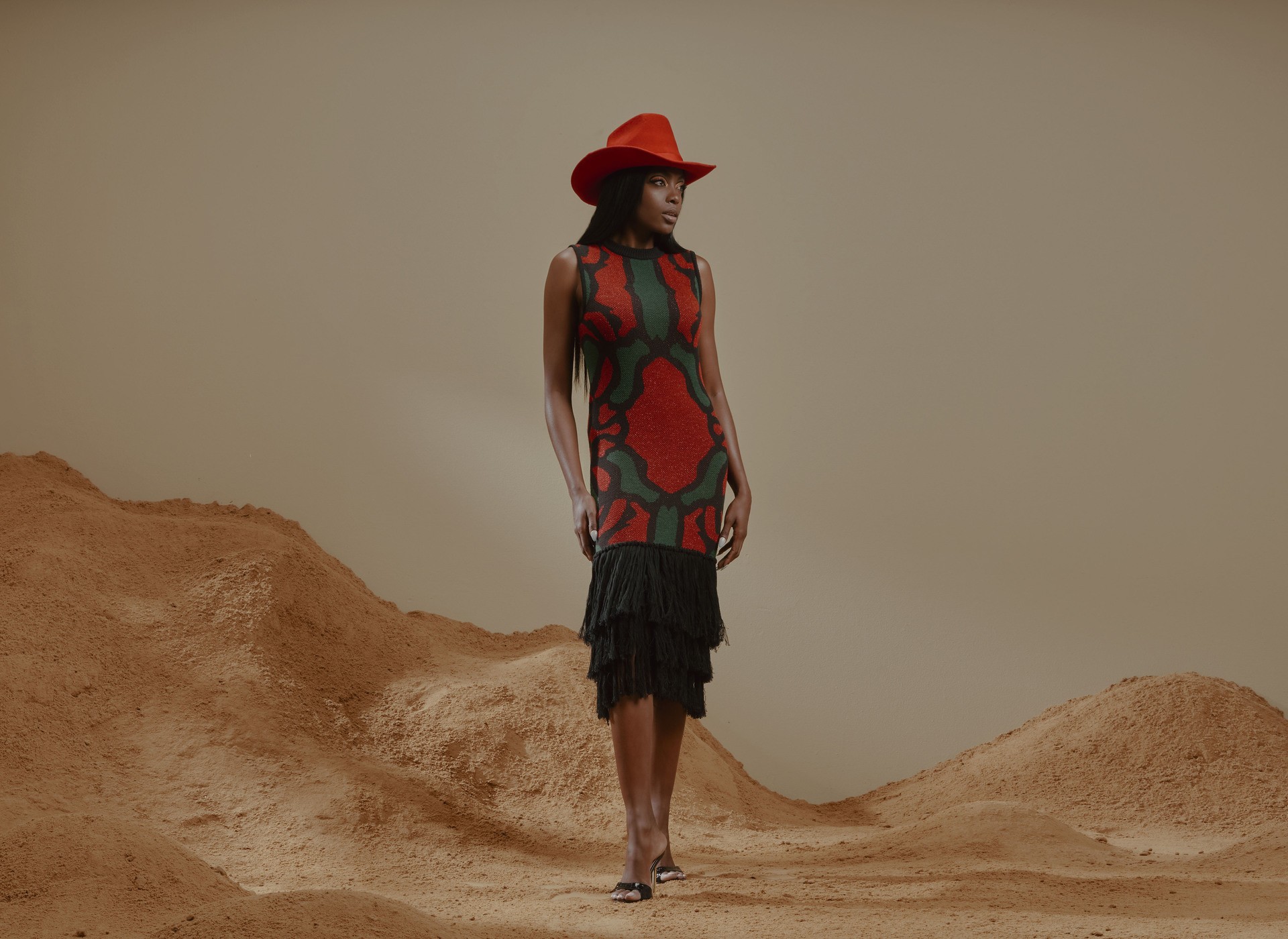

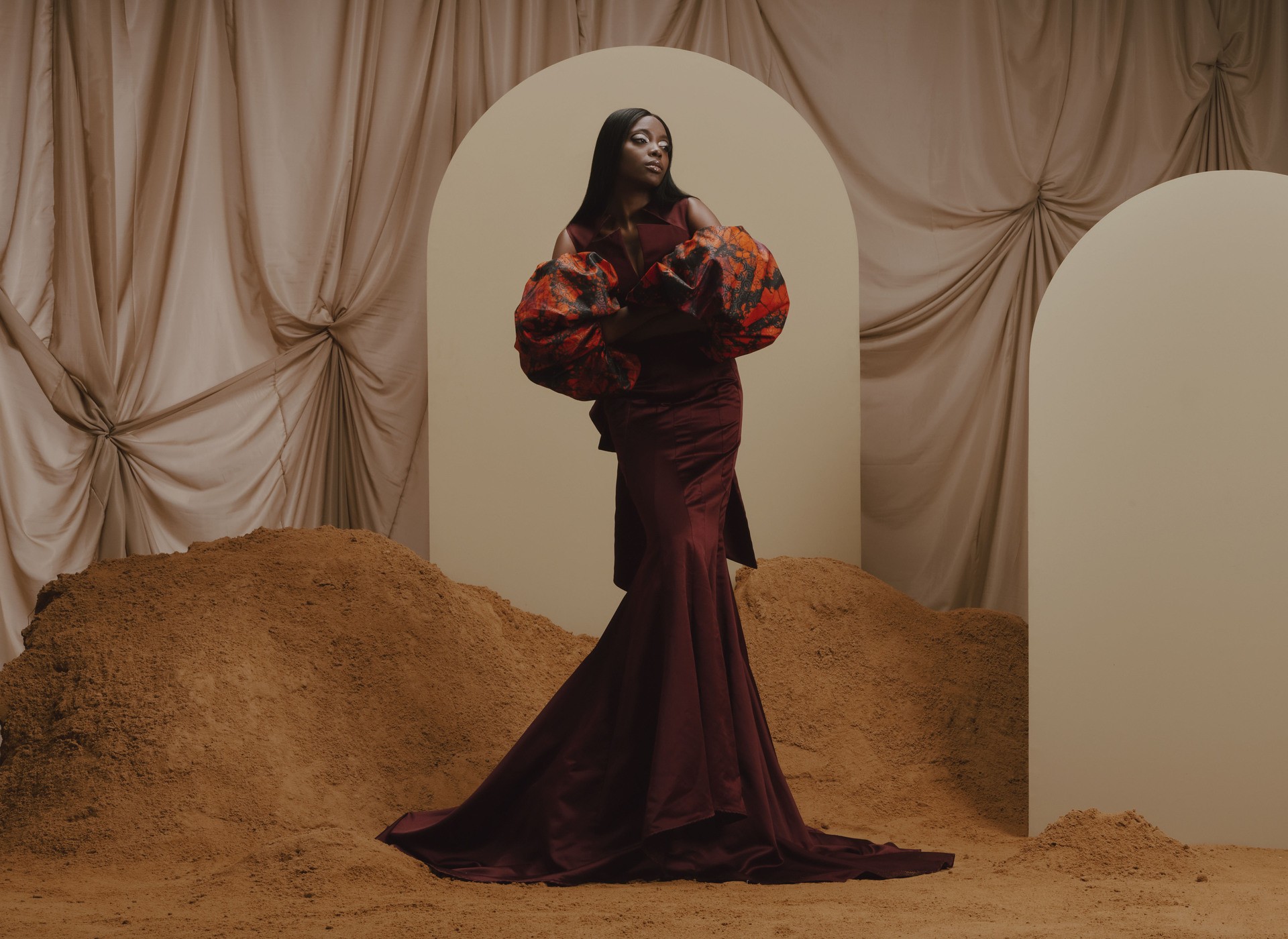
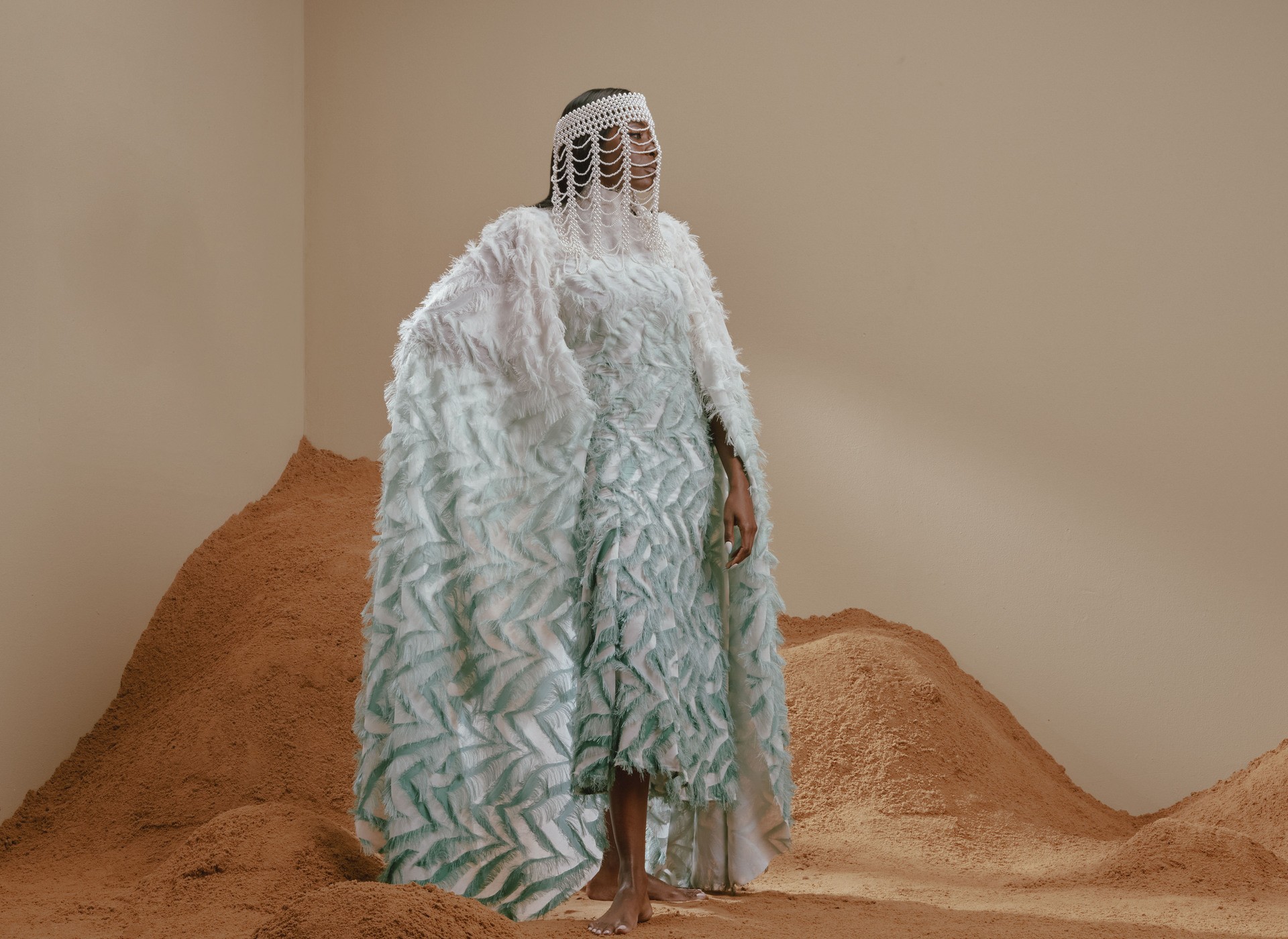
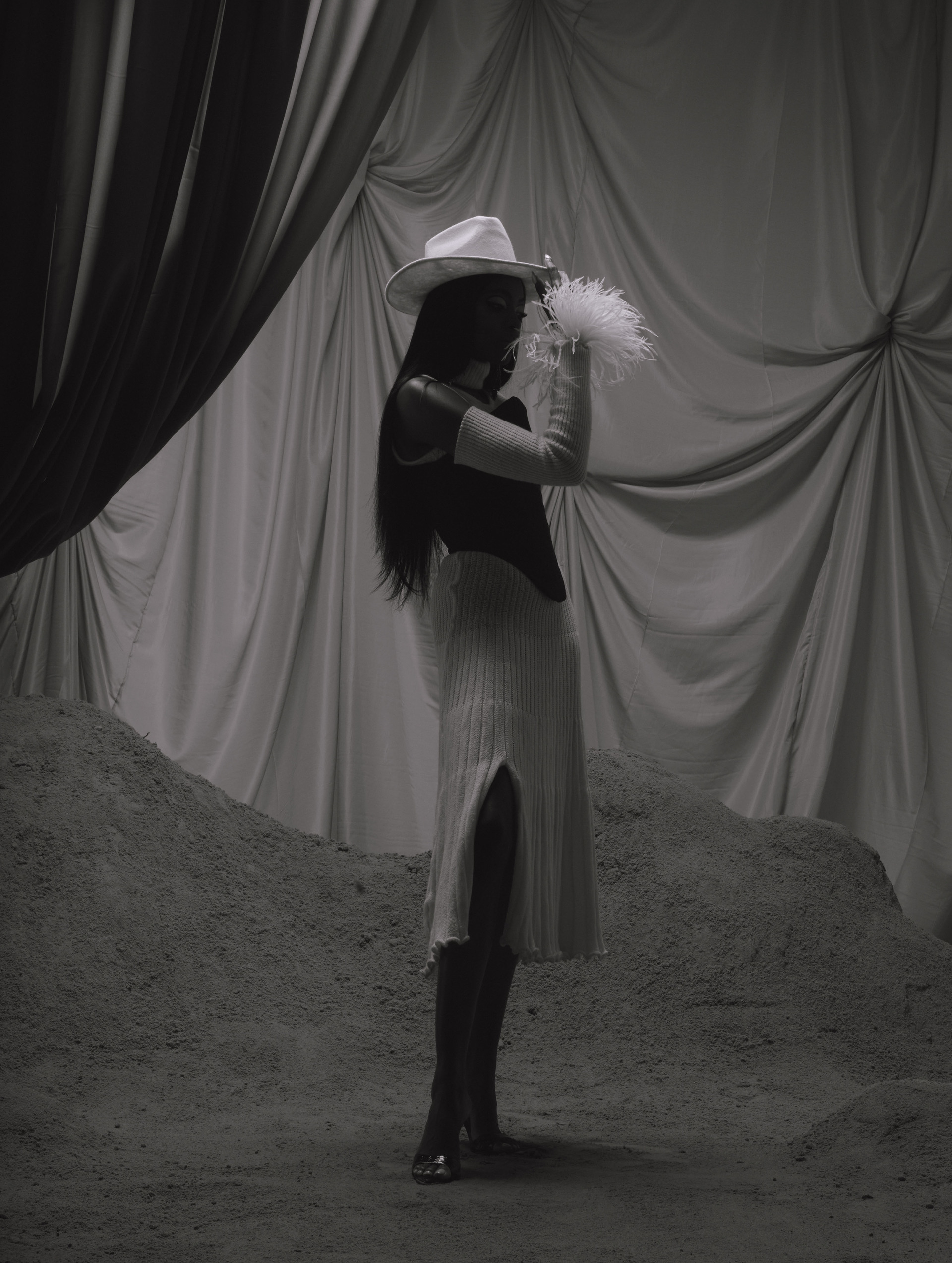


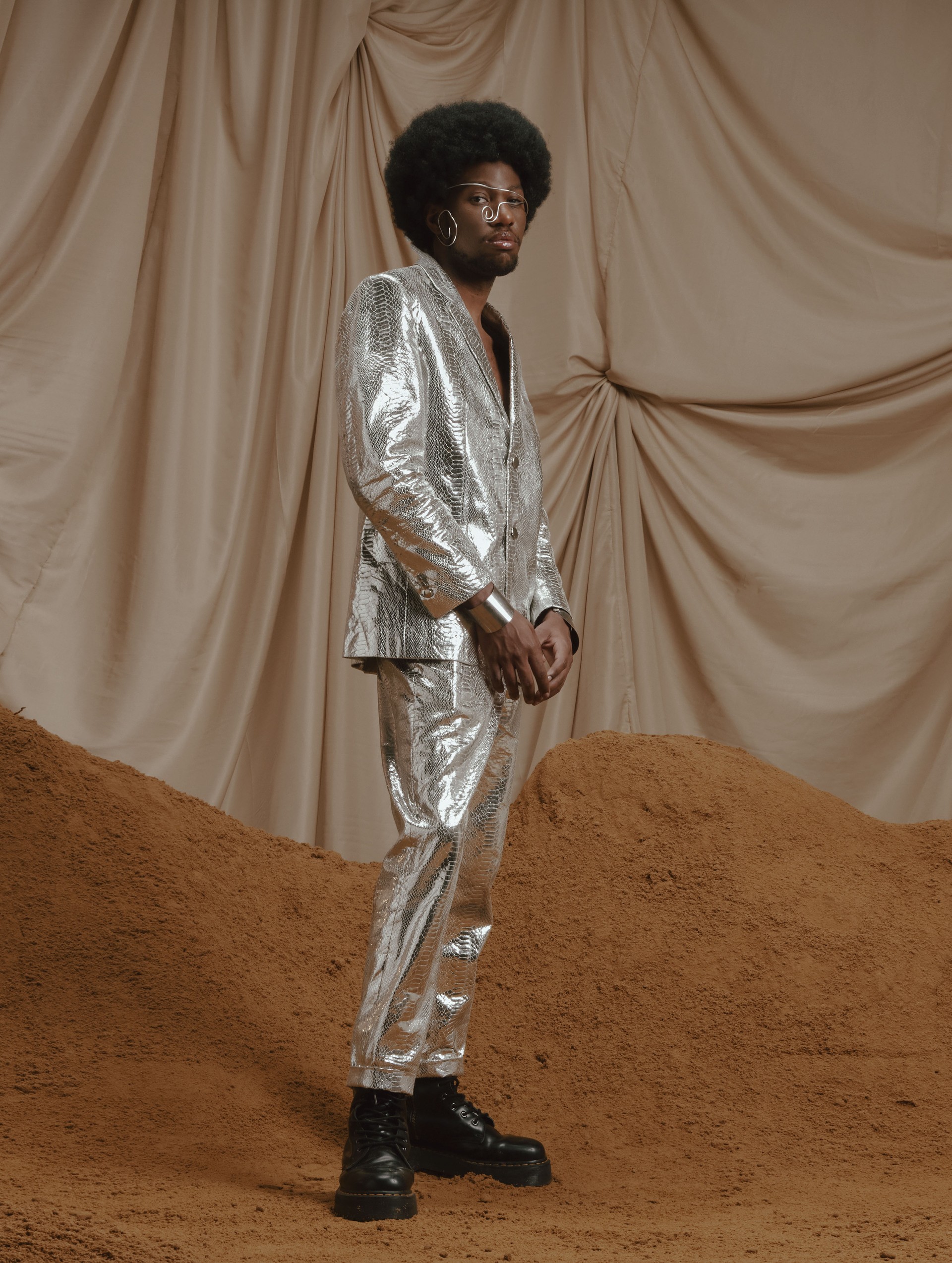
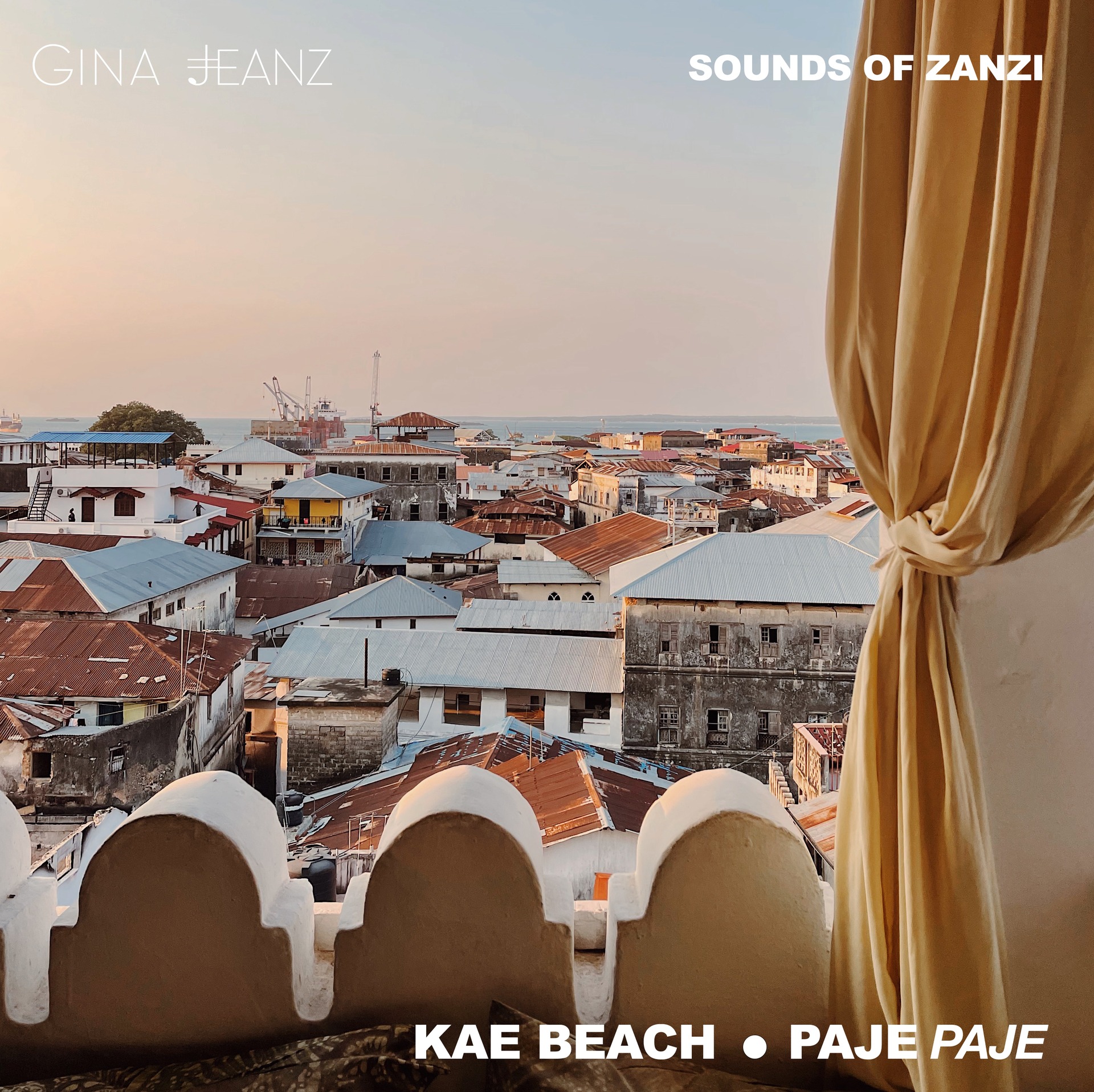


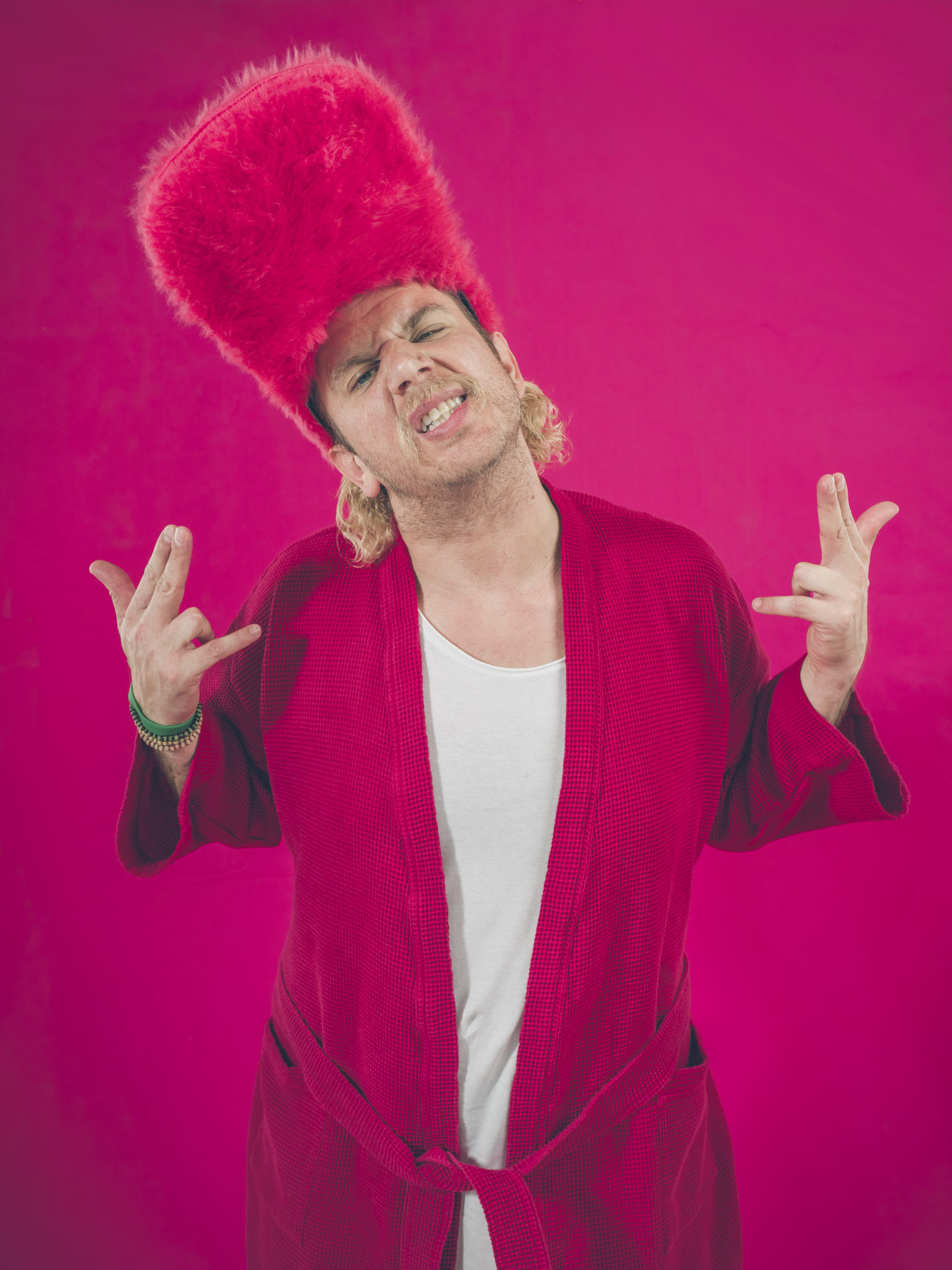



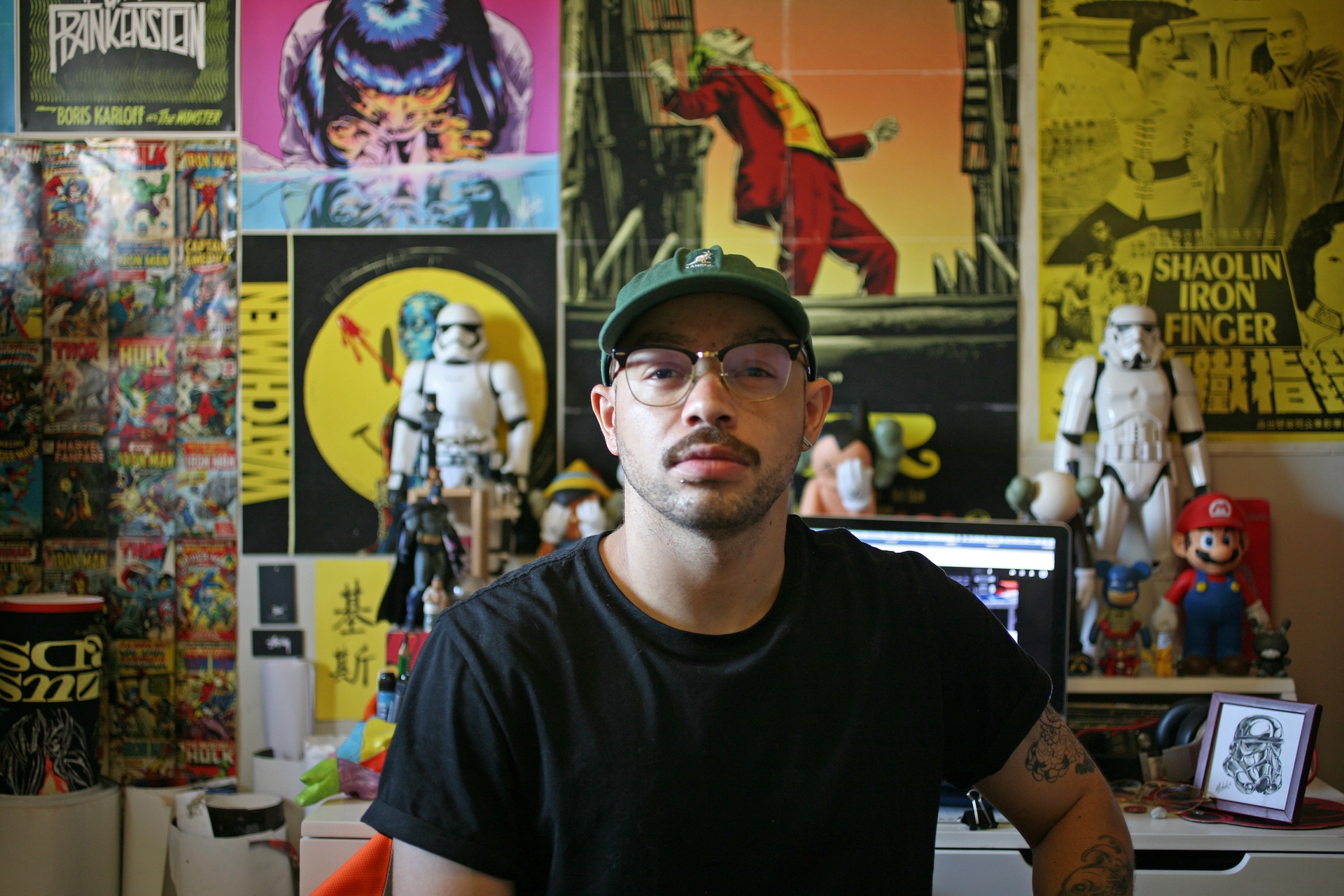
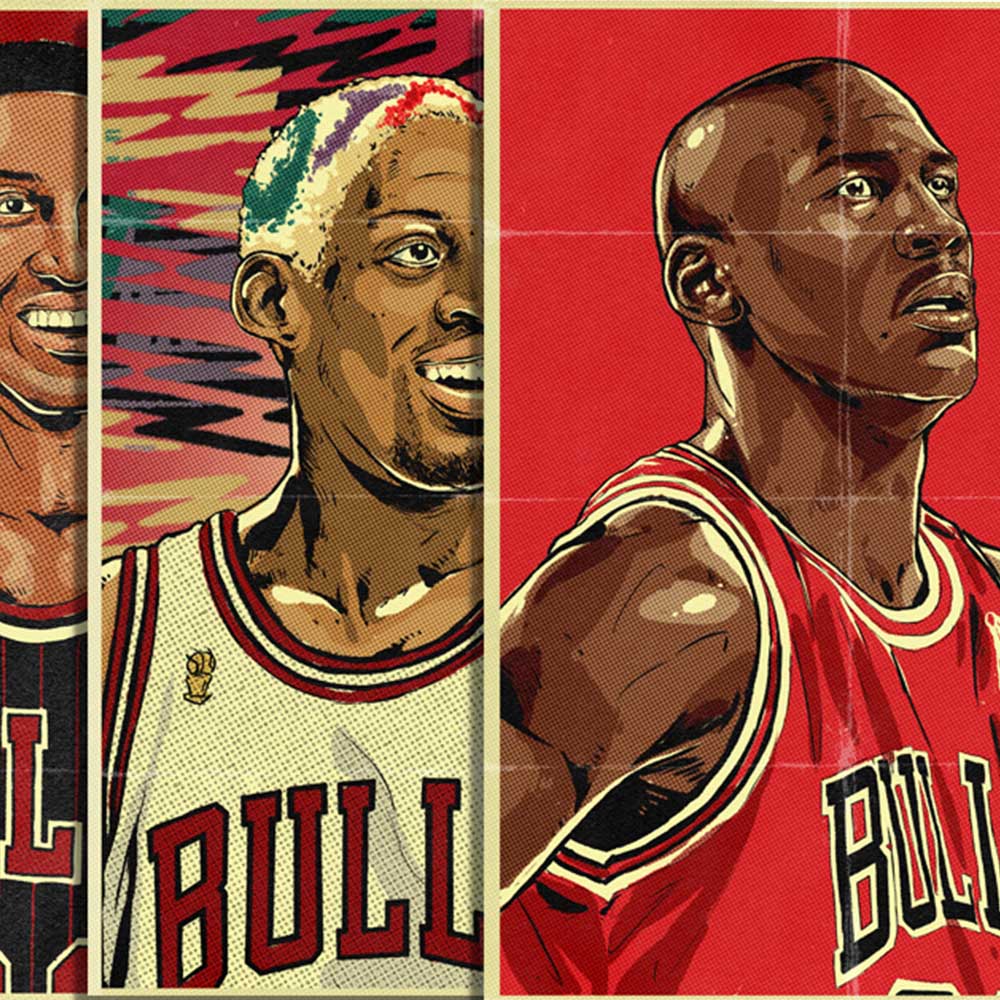



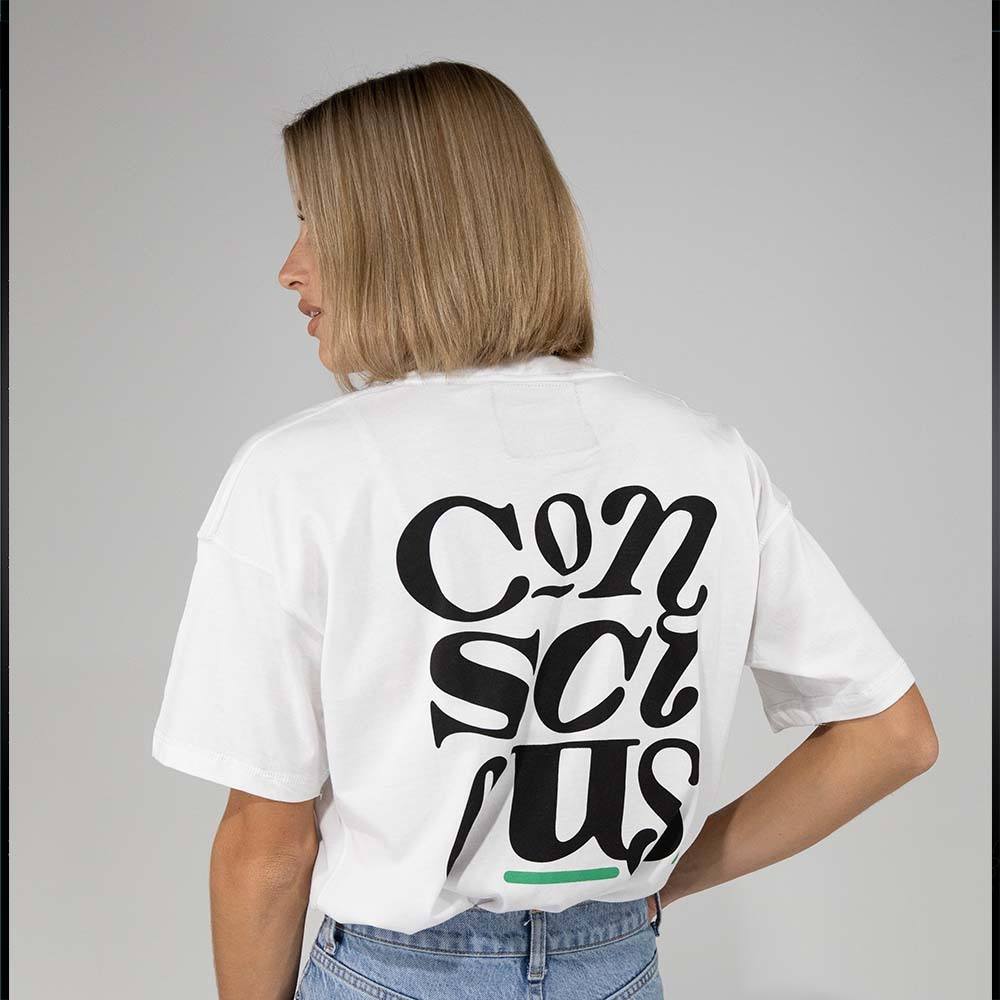
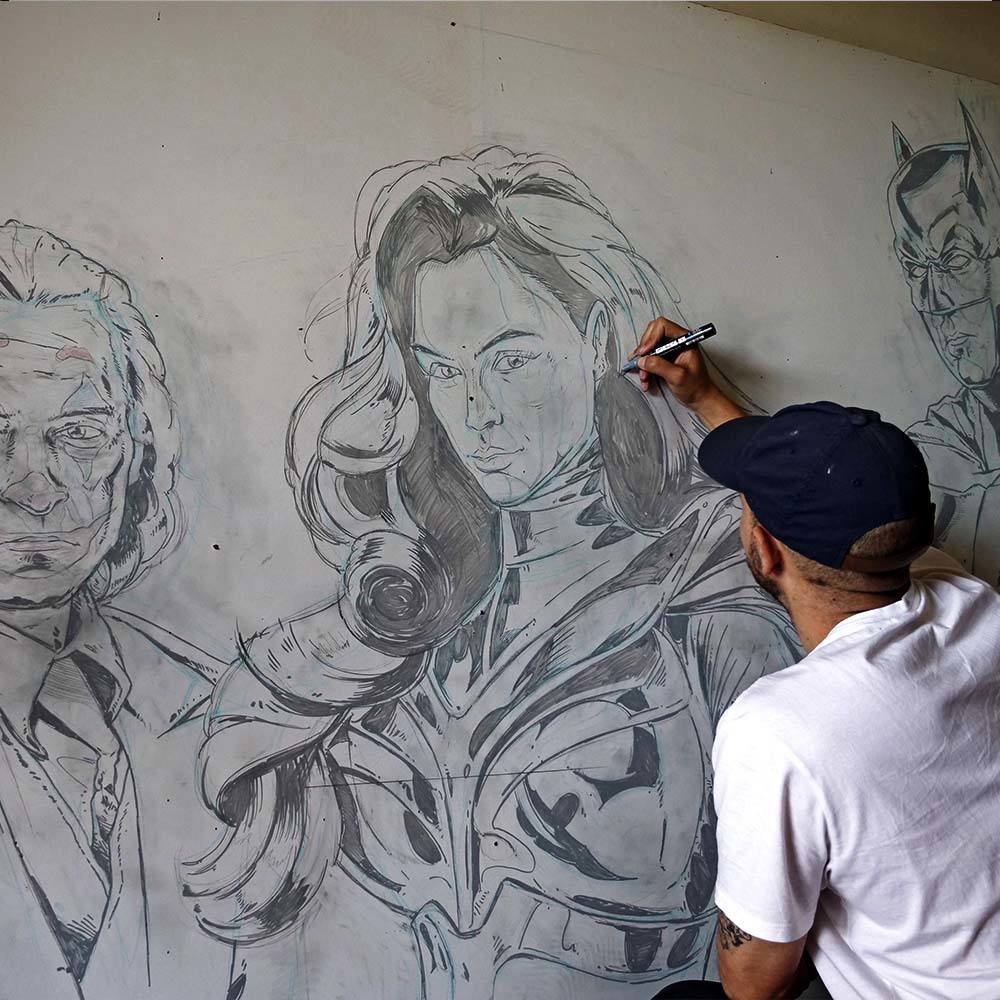
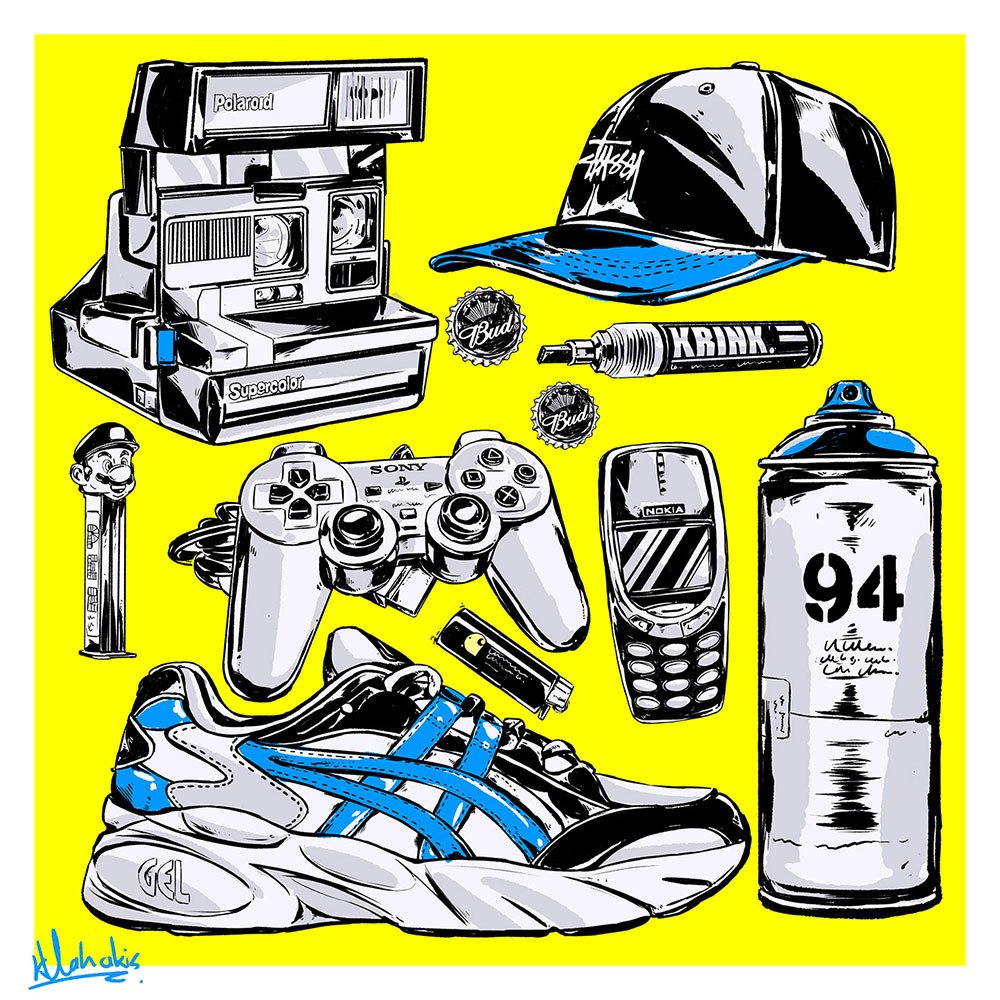
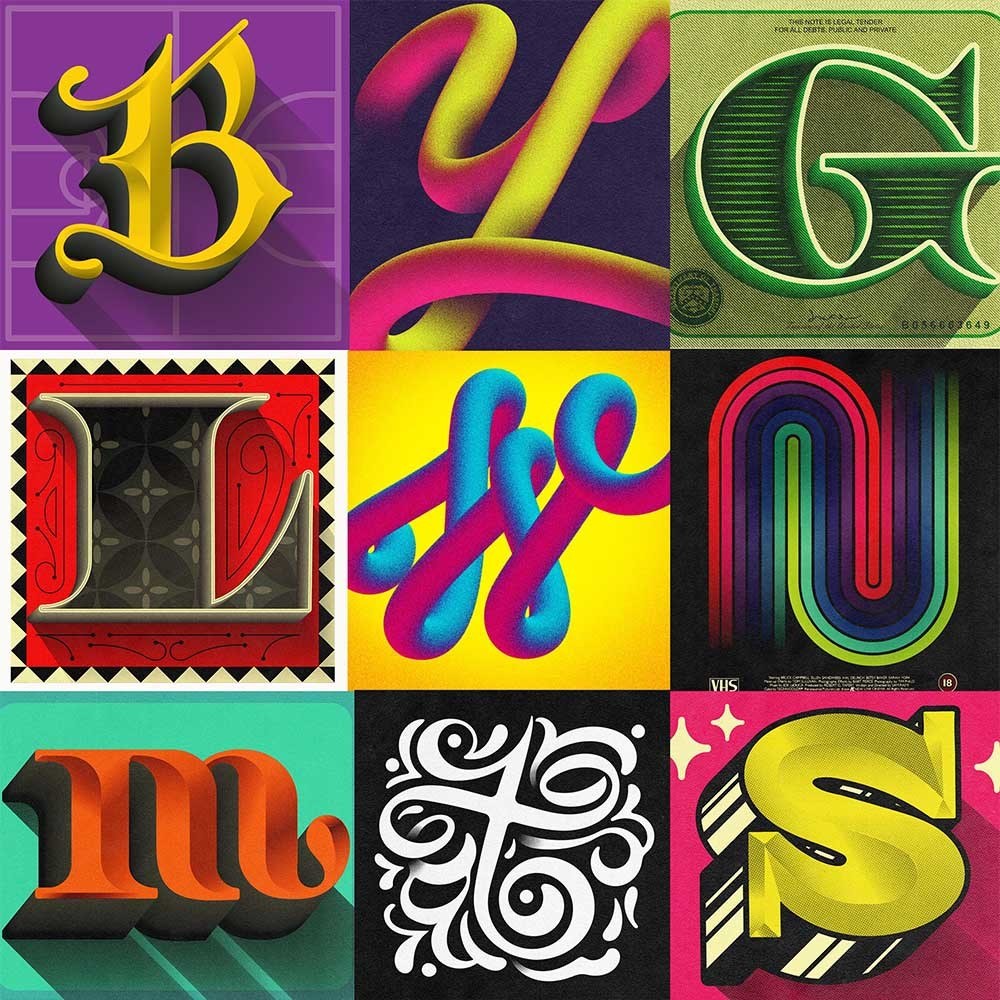
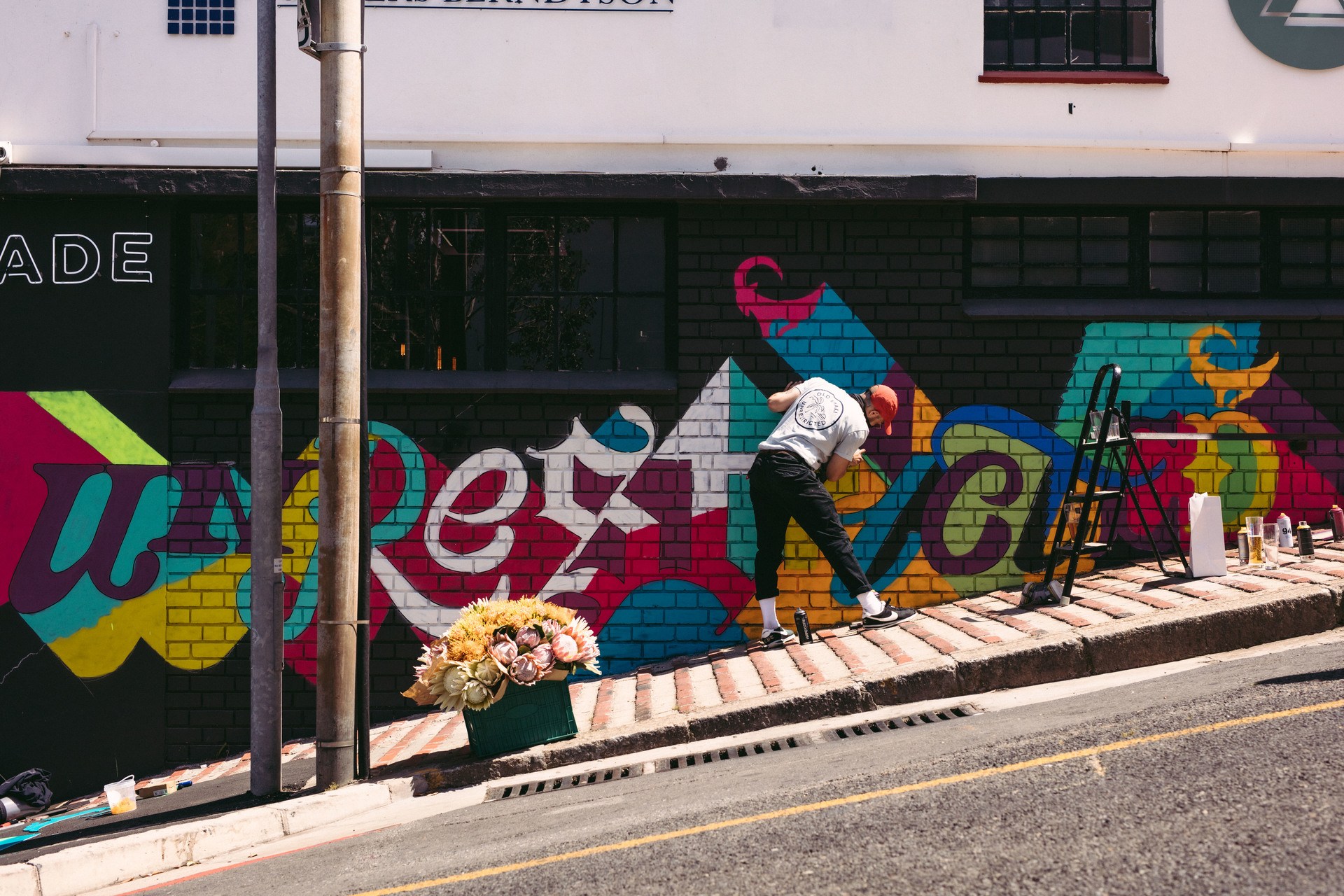
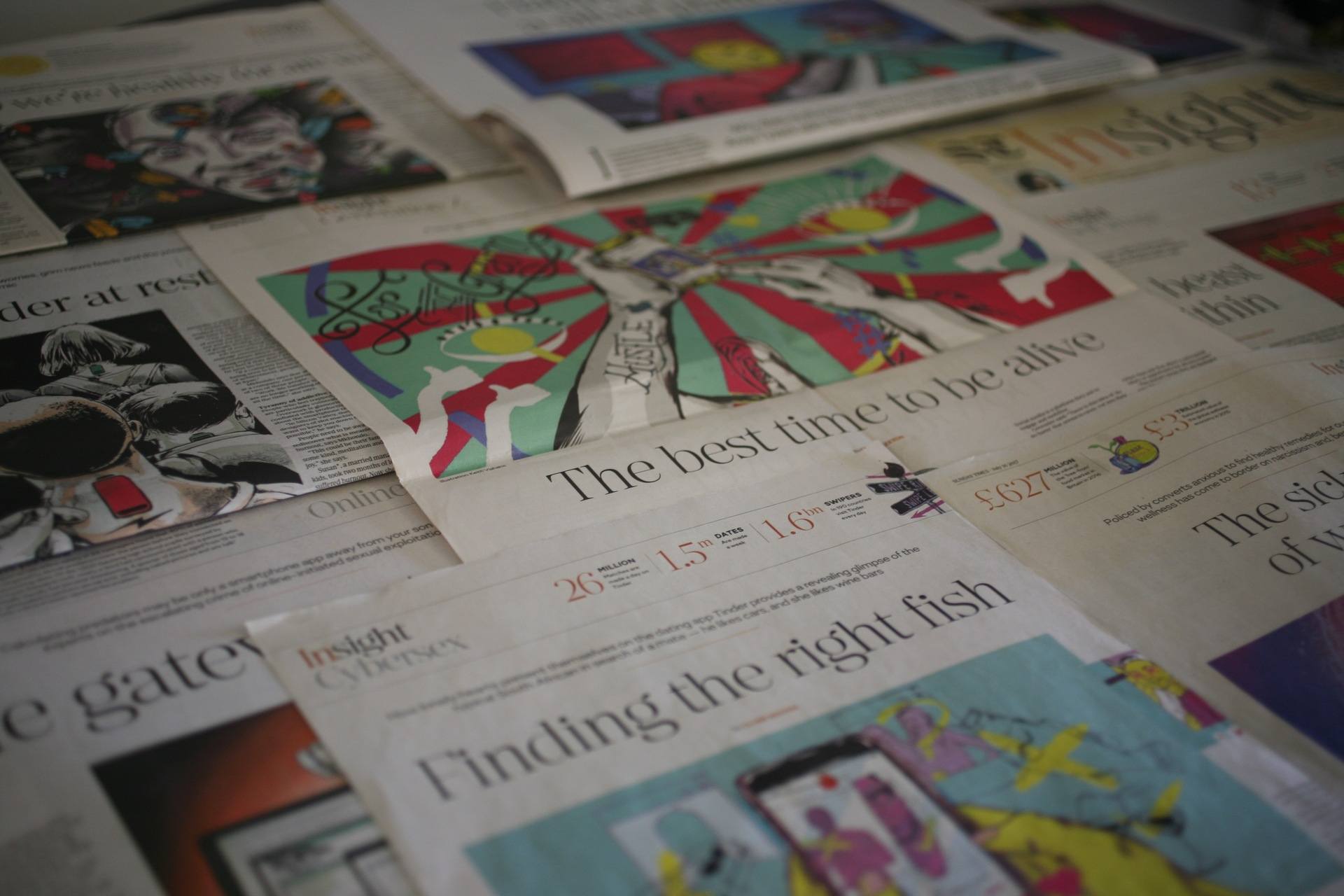
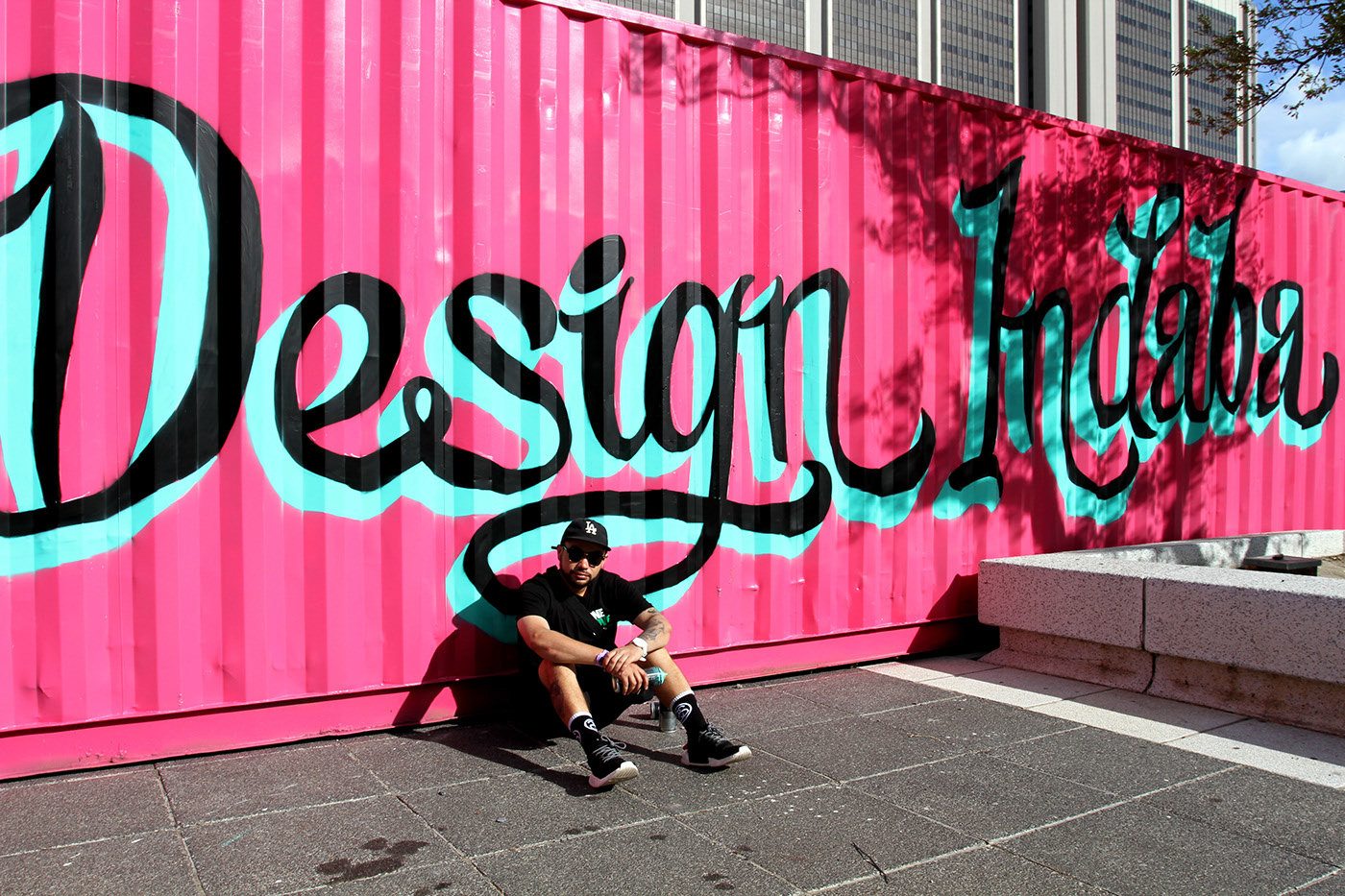
Recent Comments